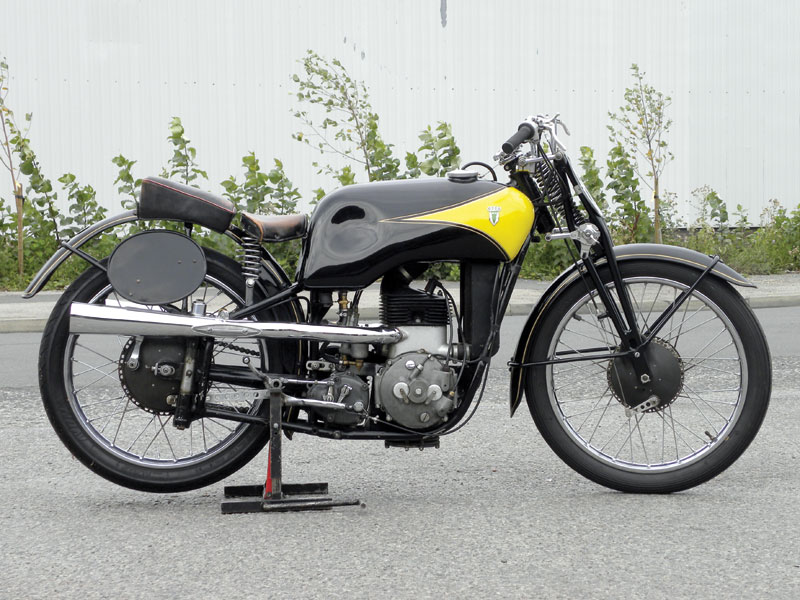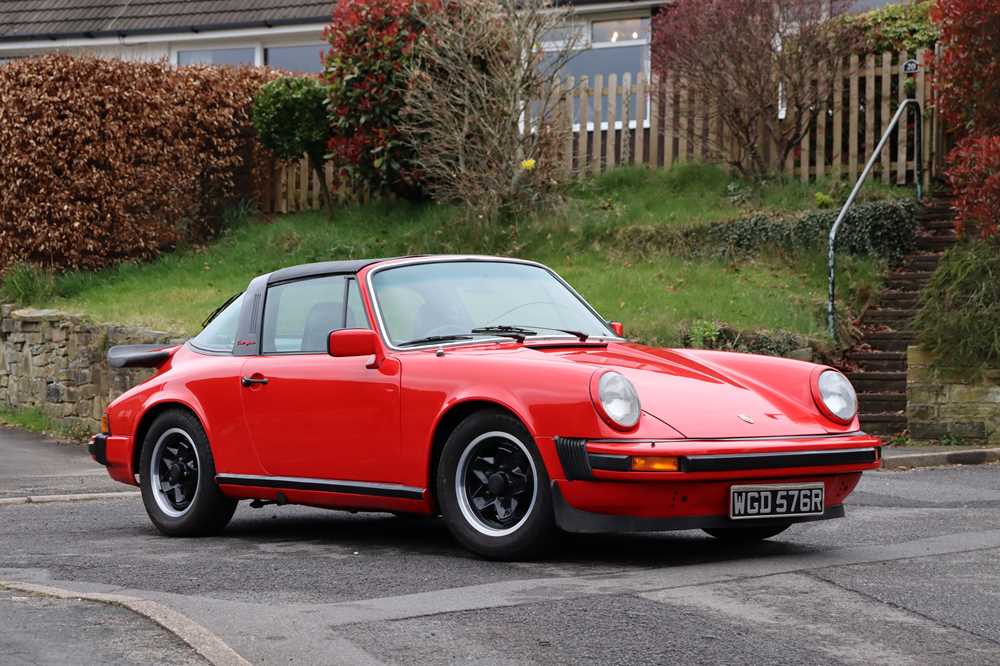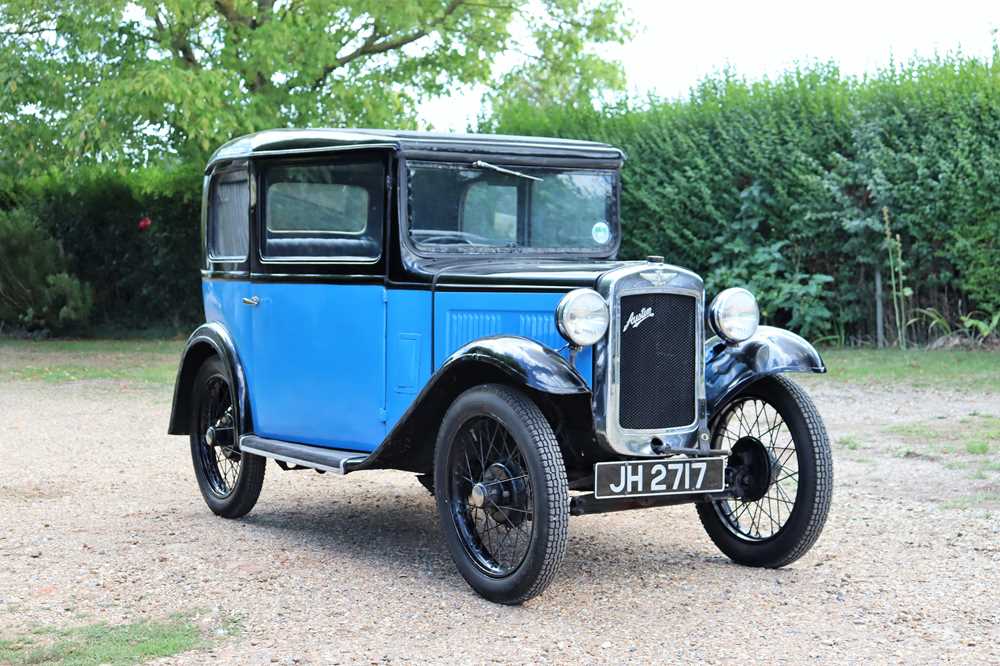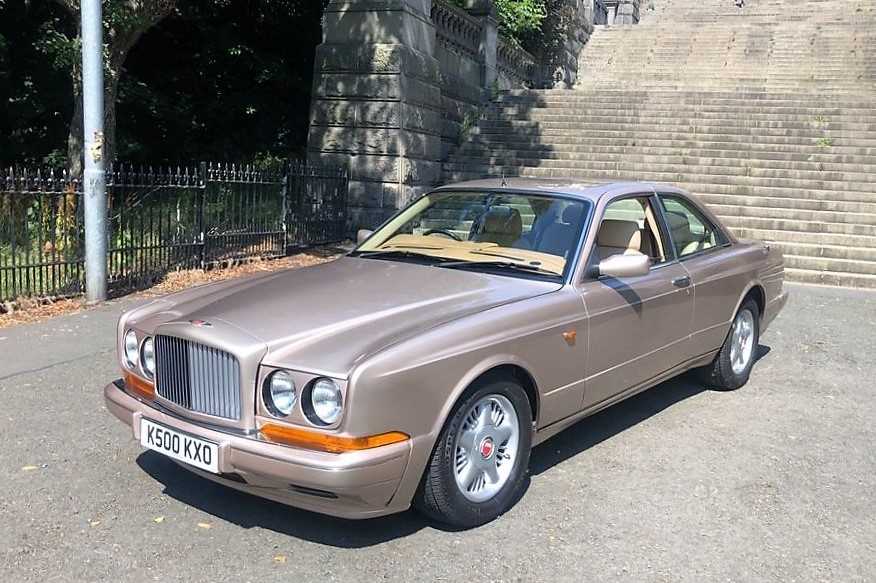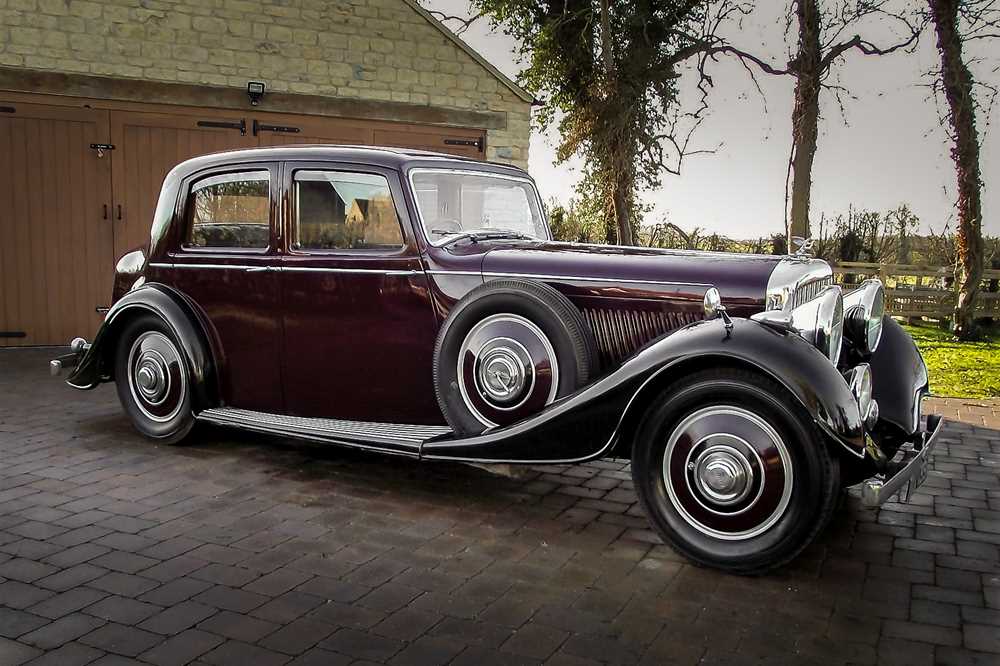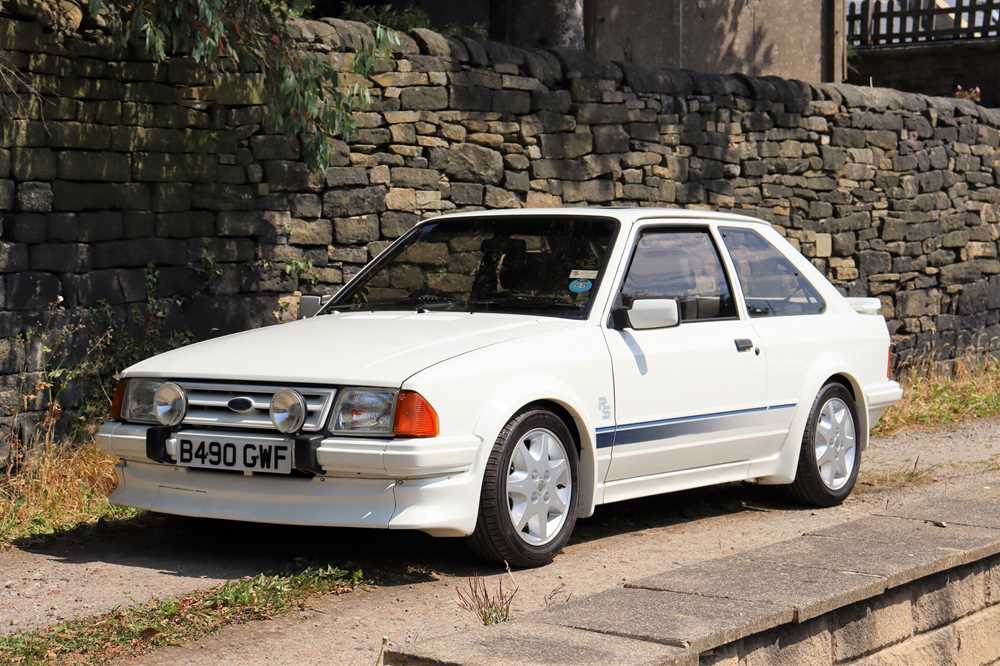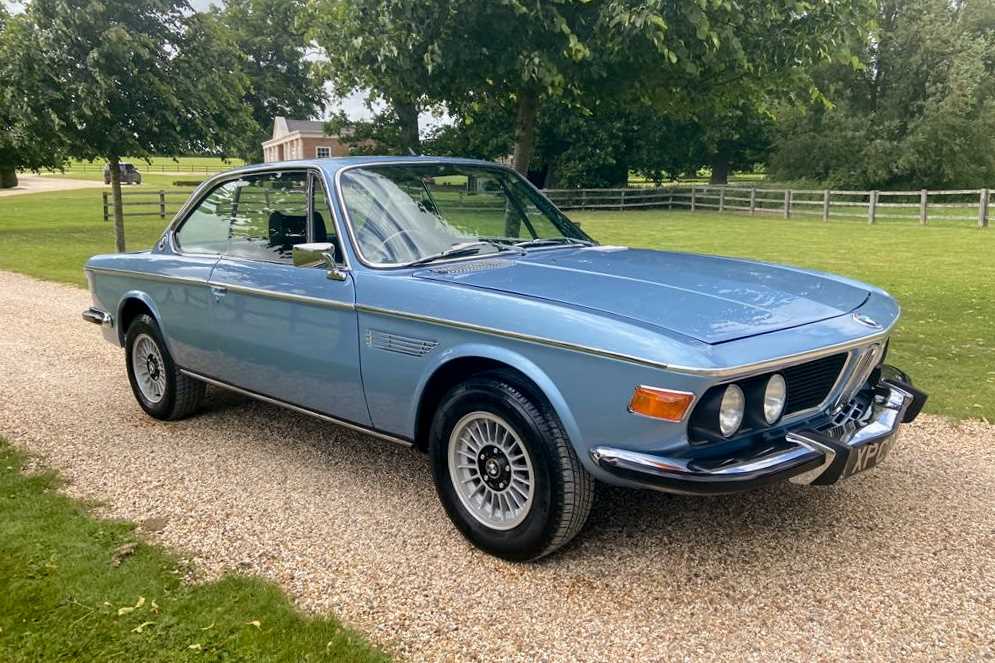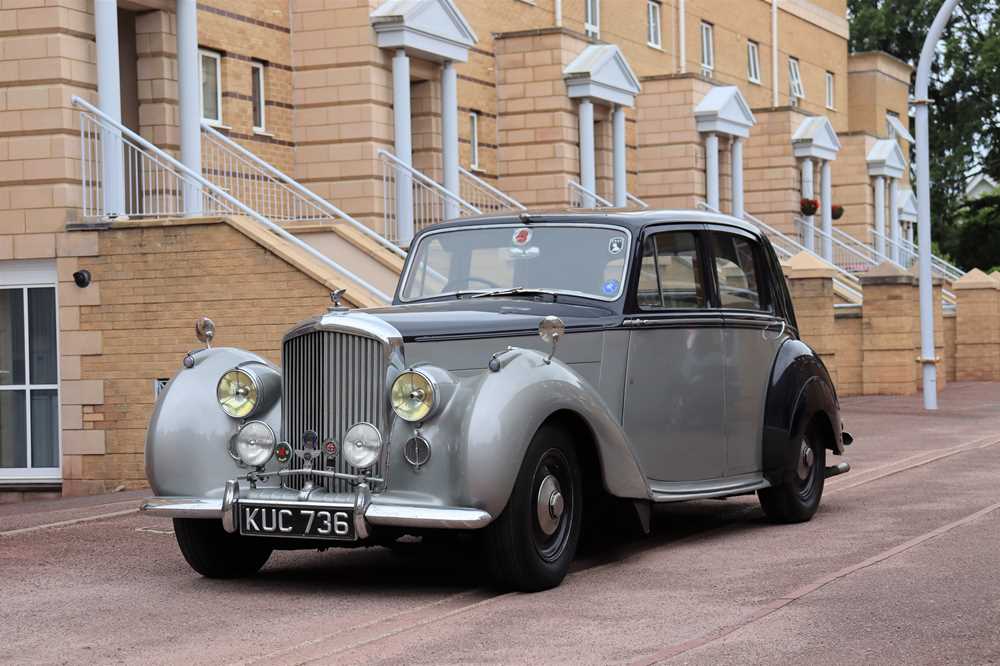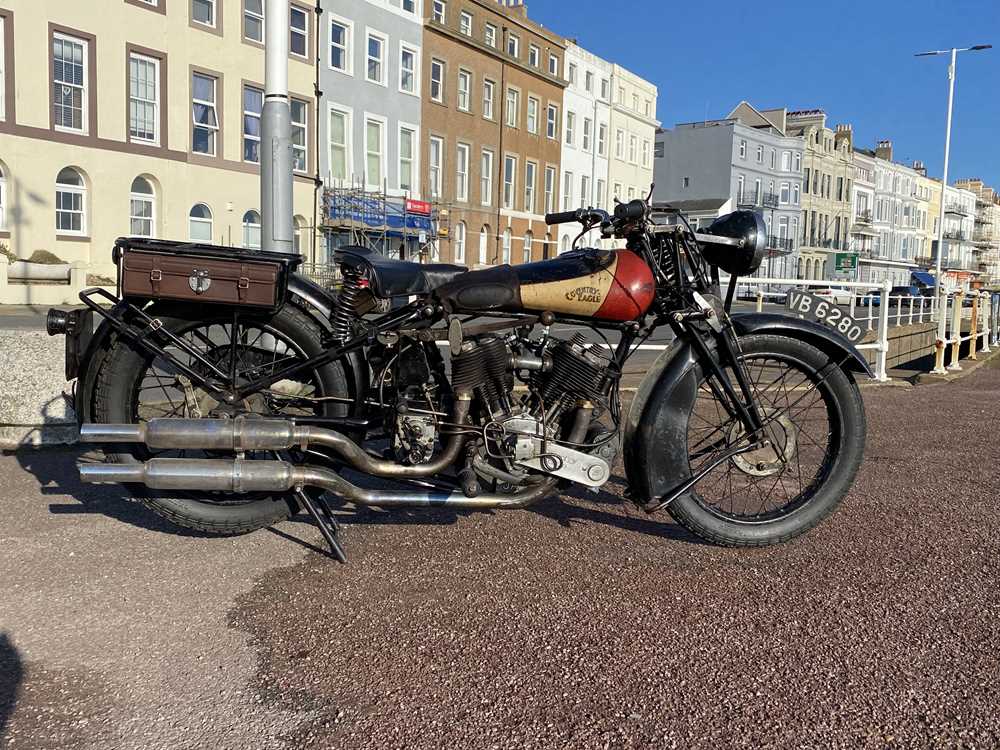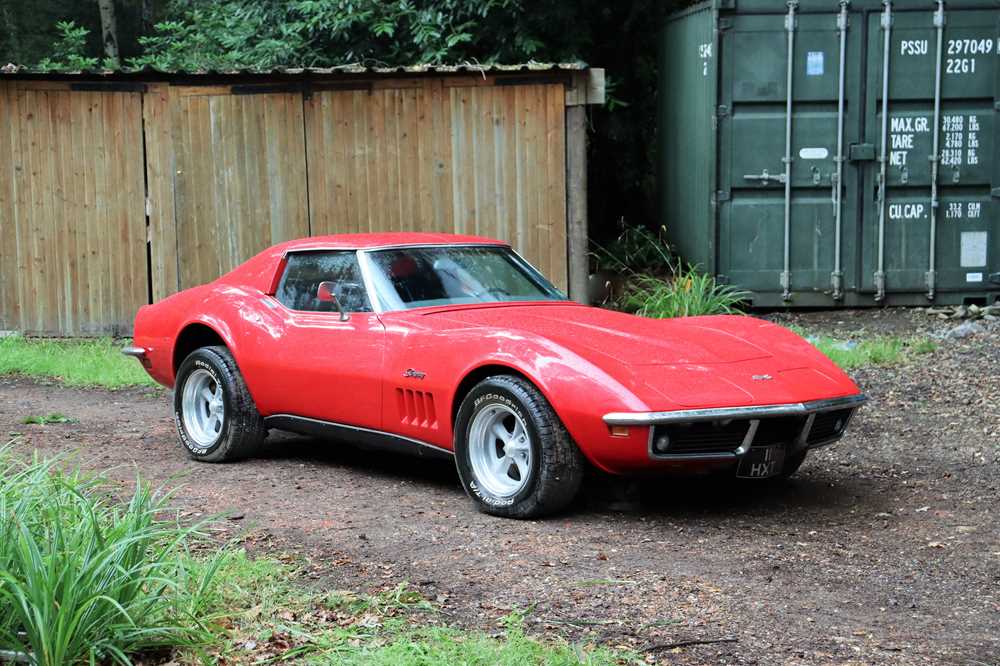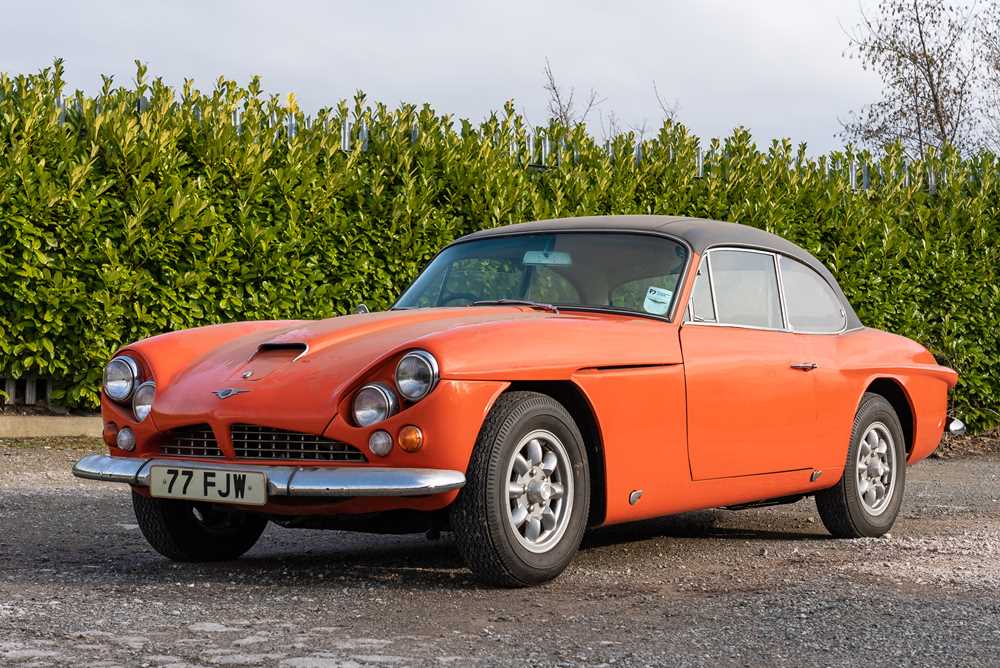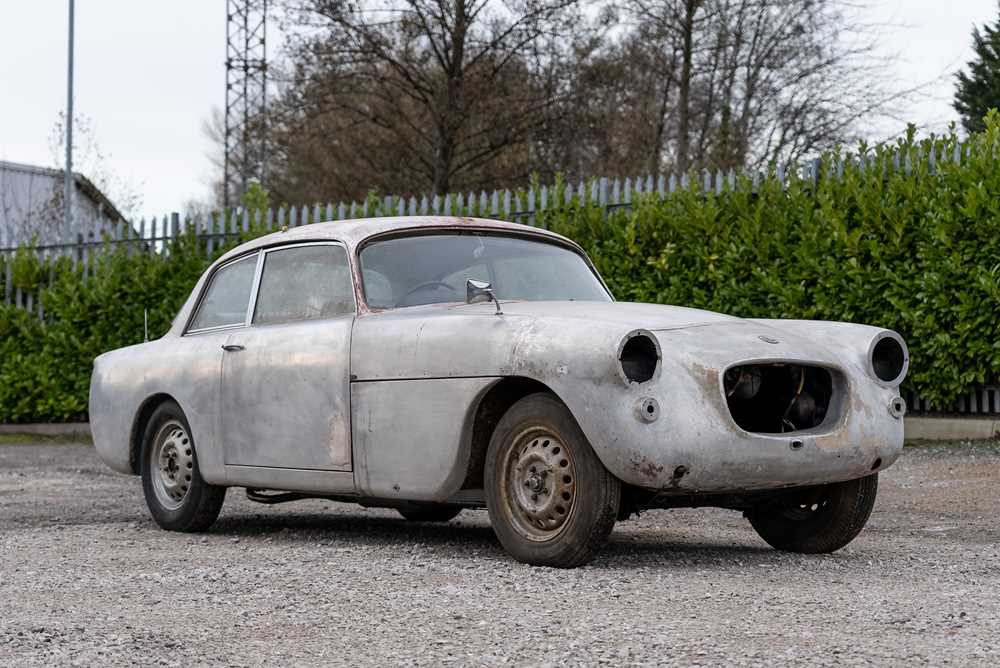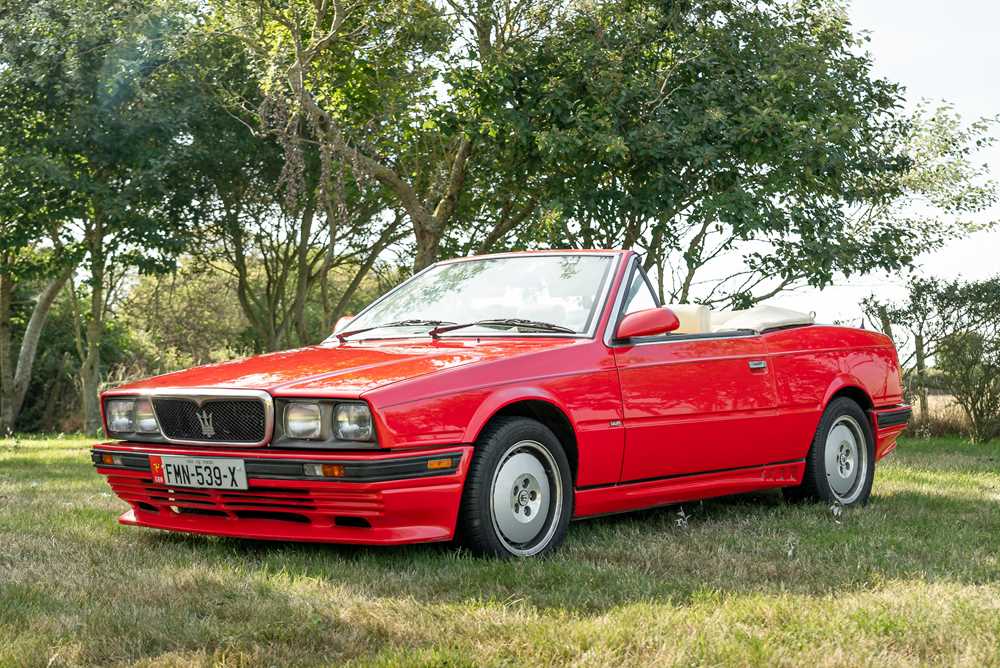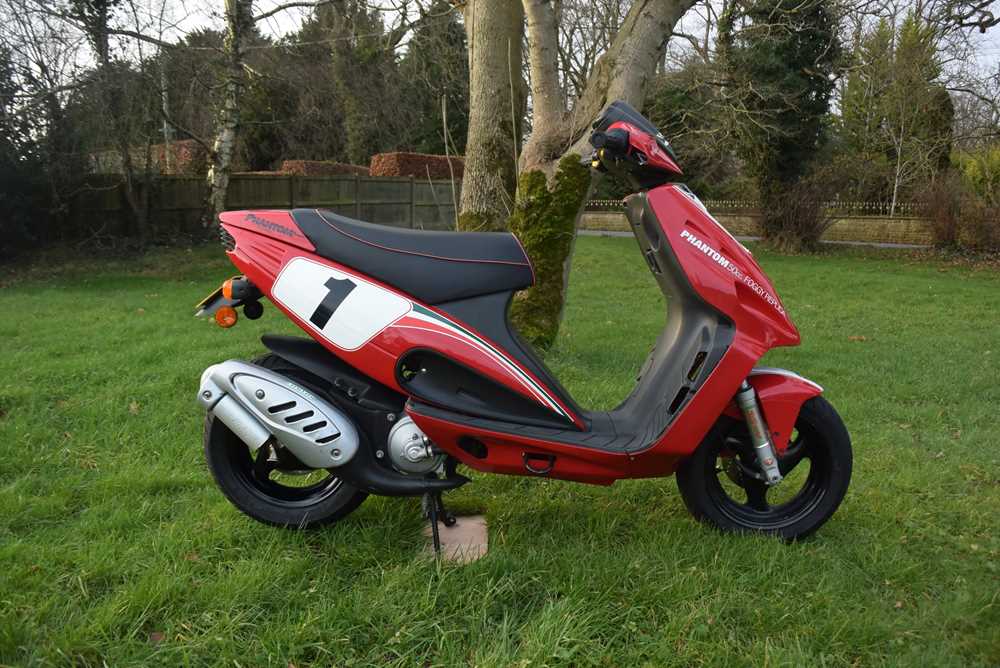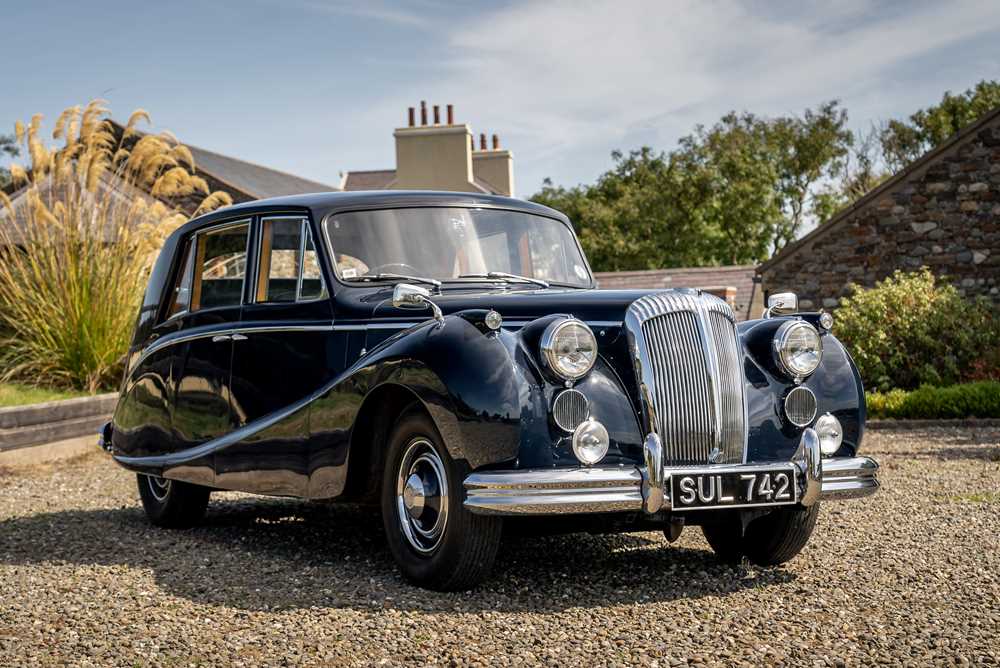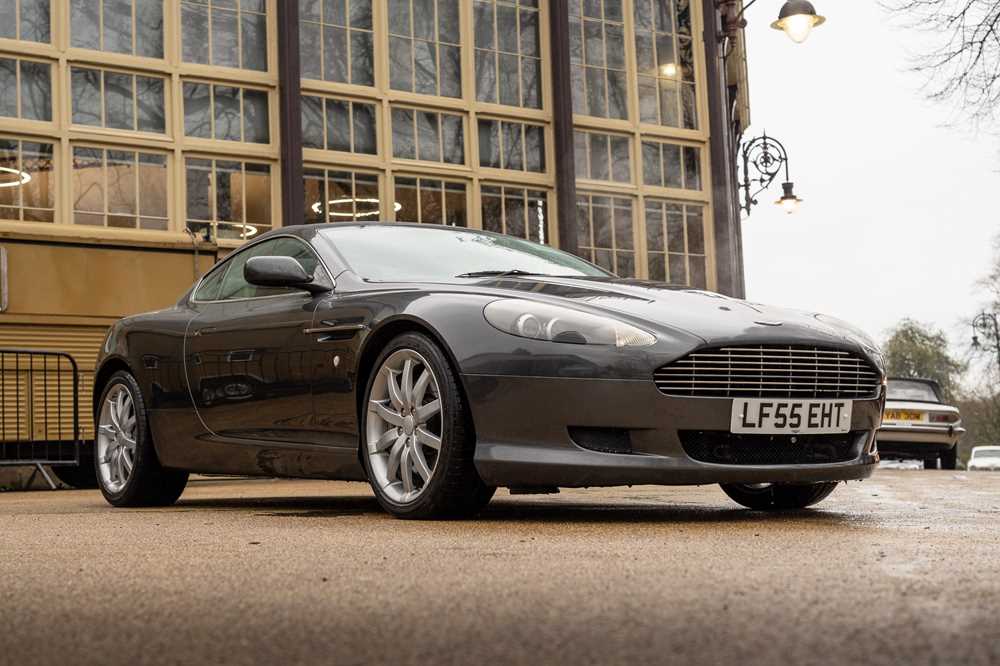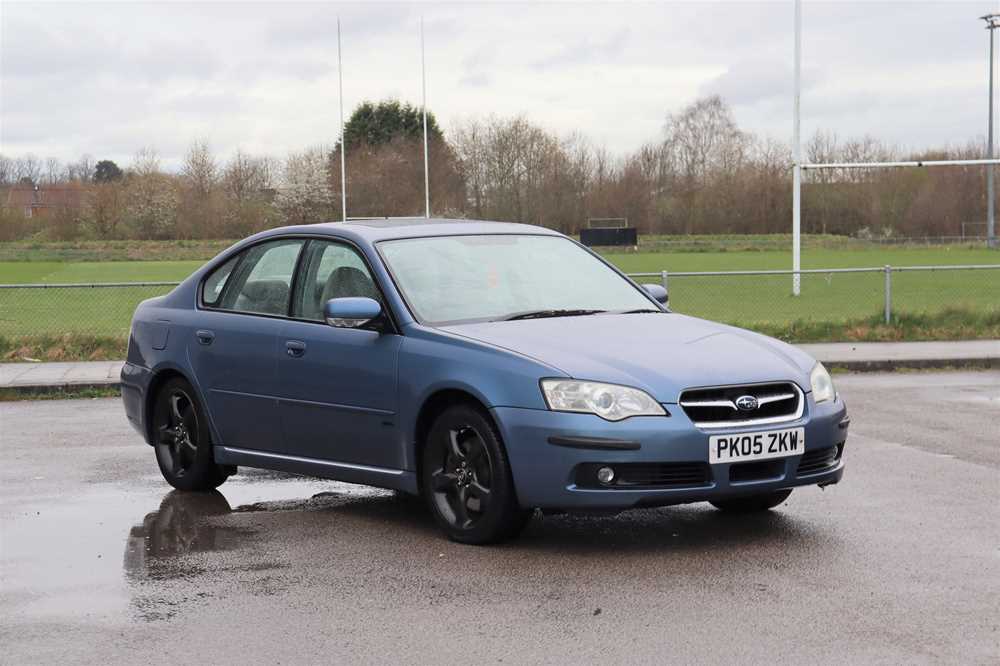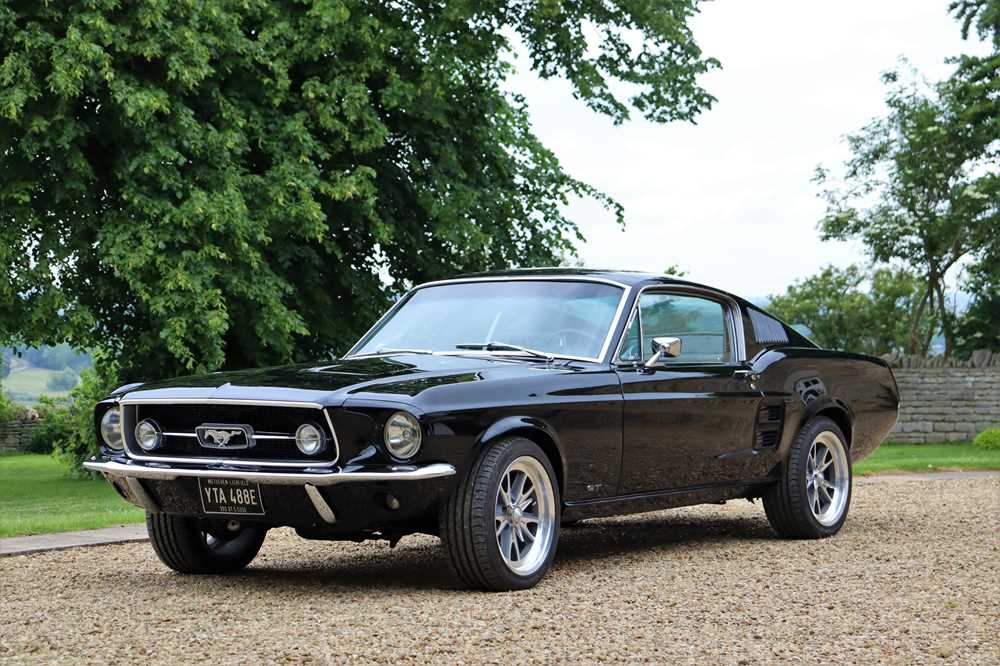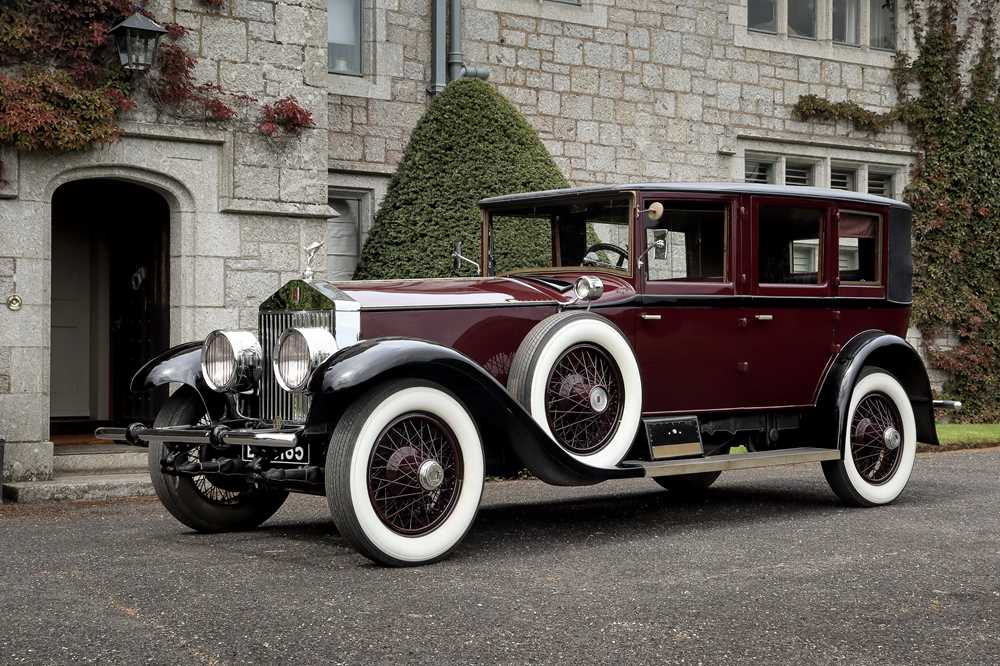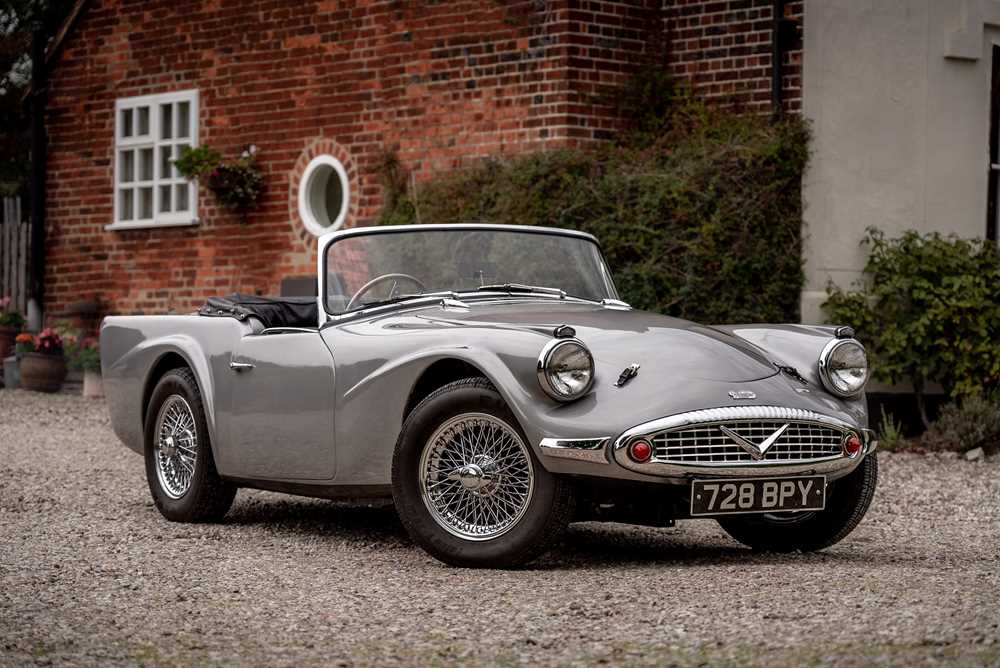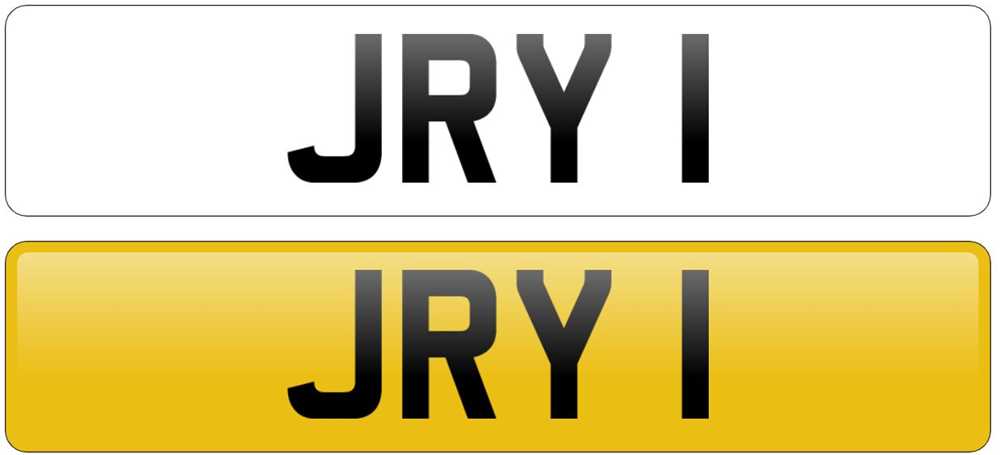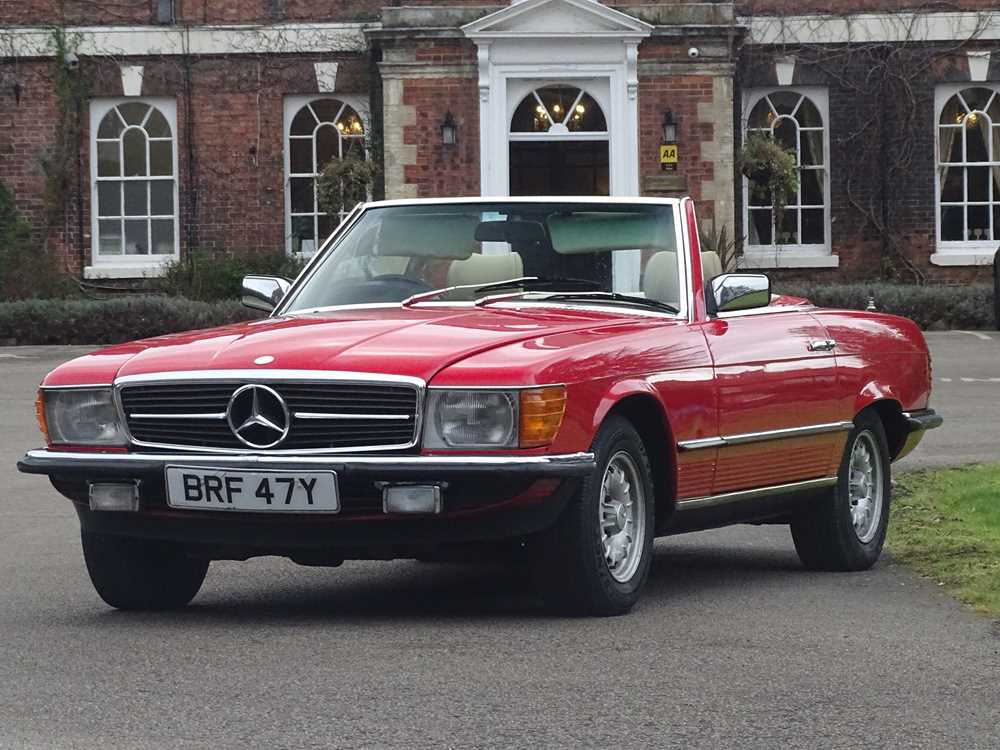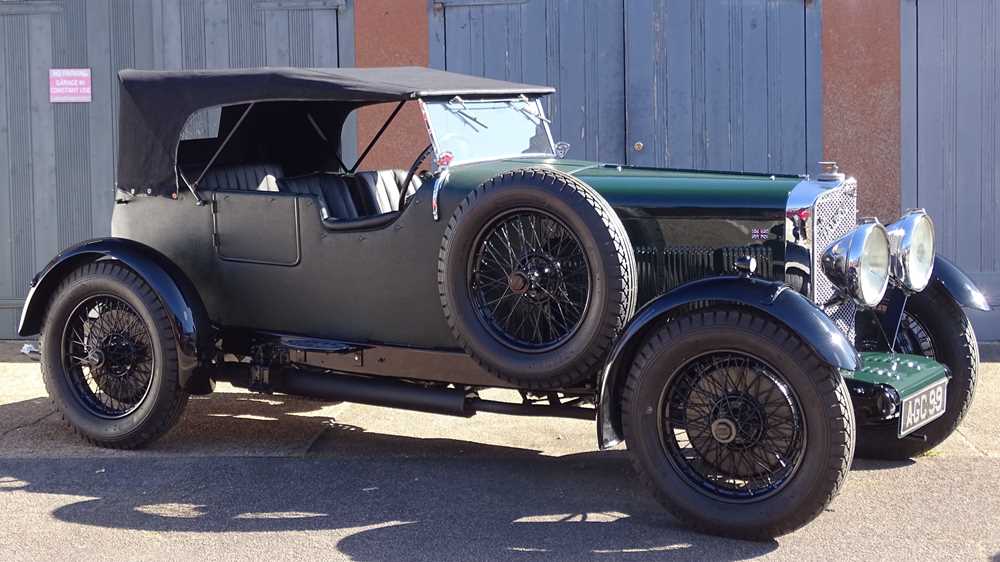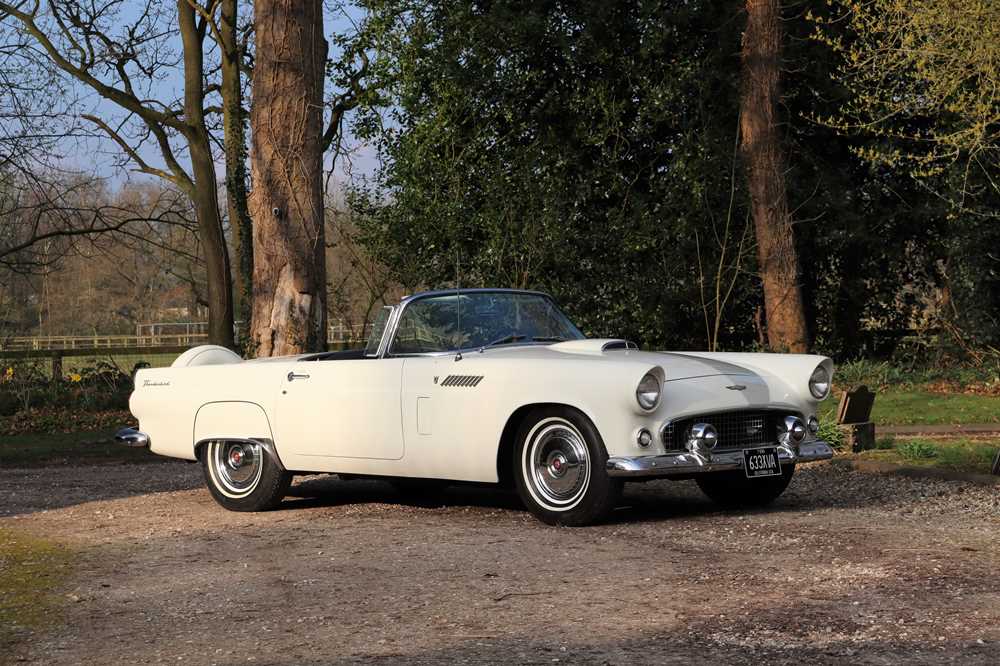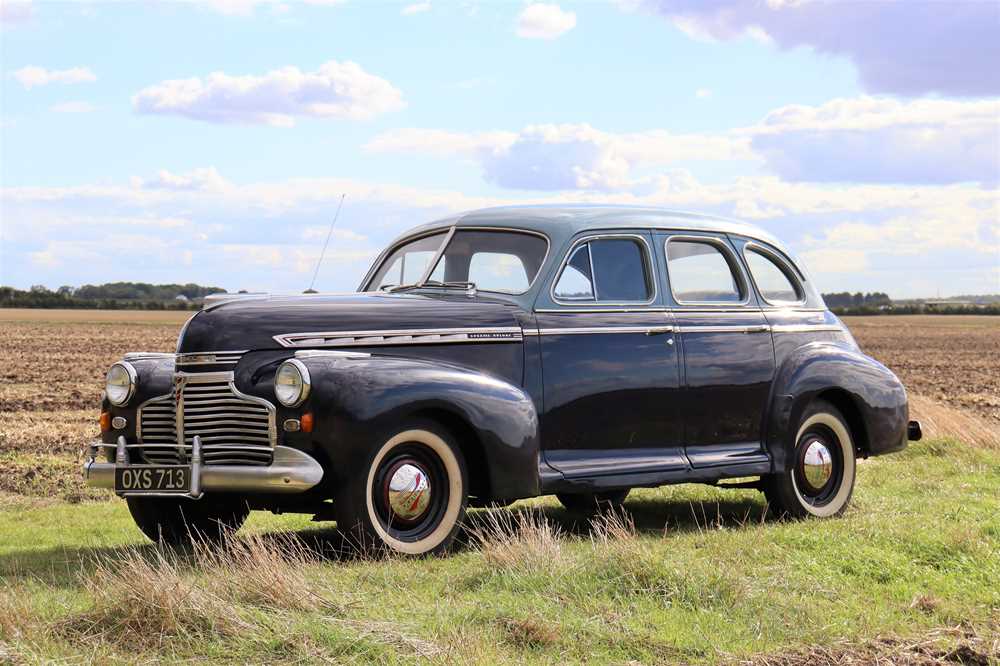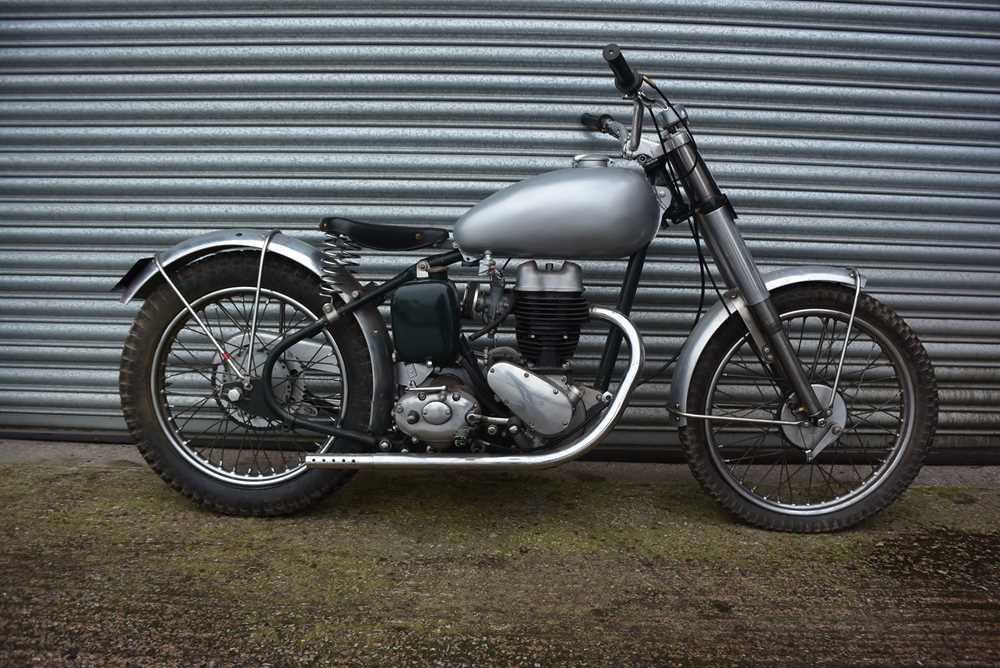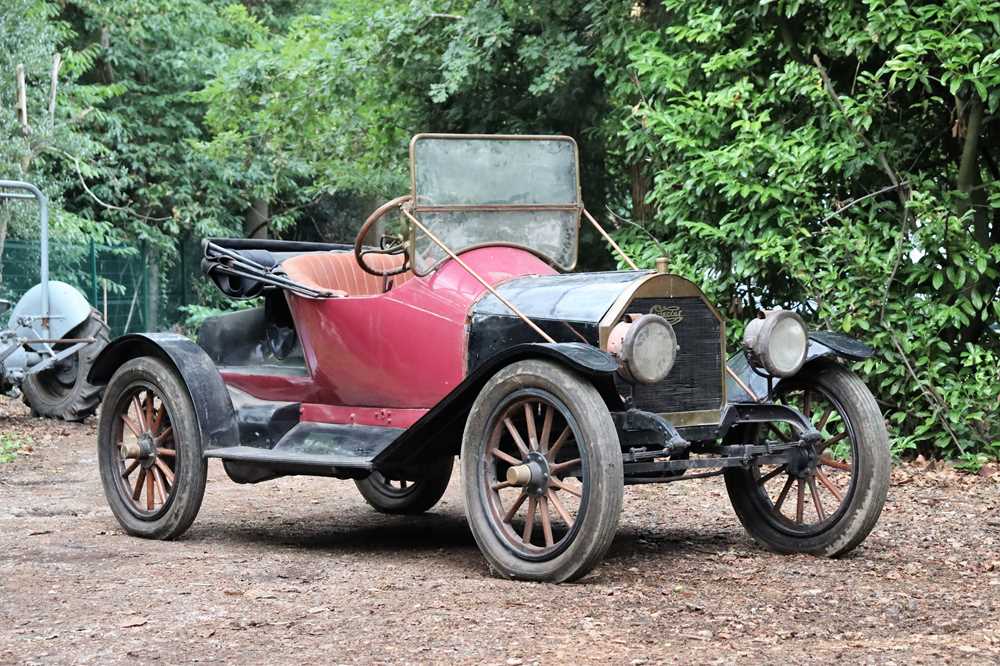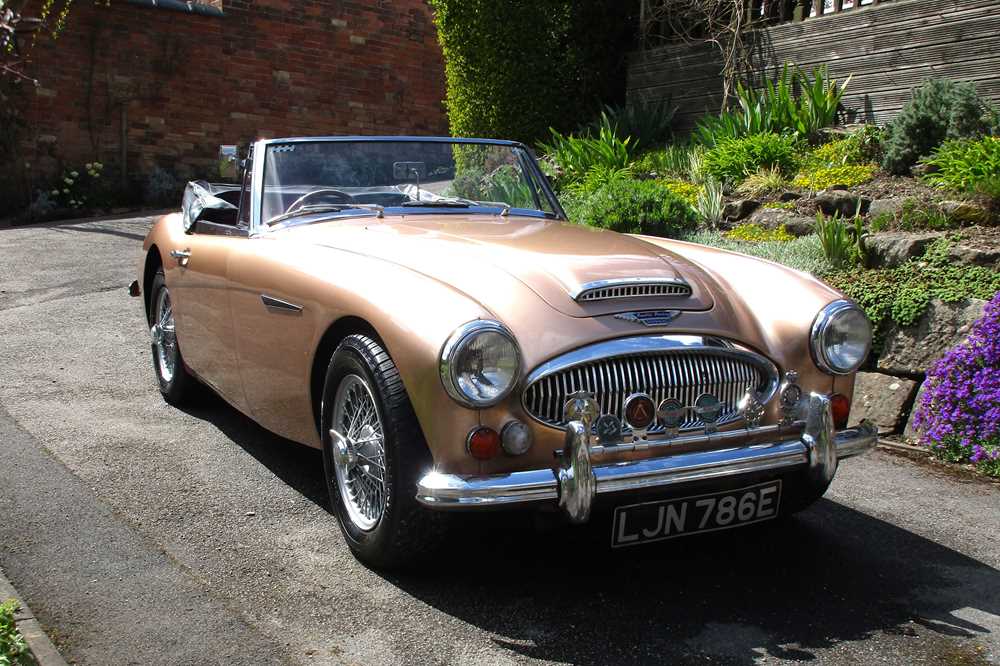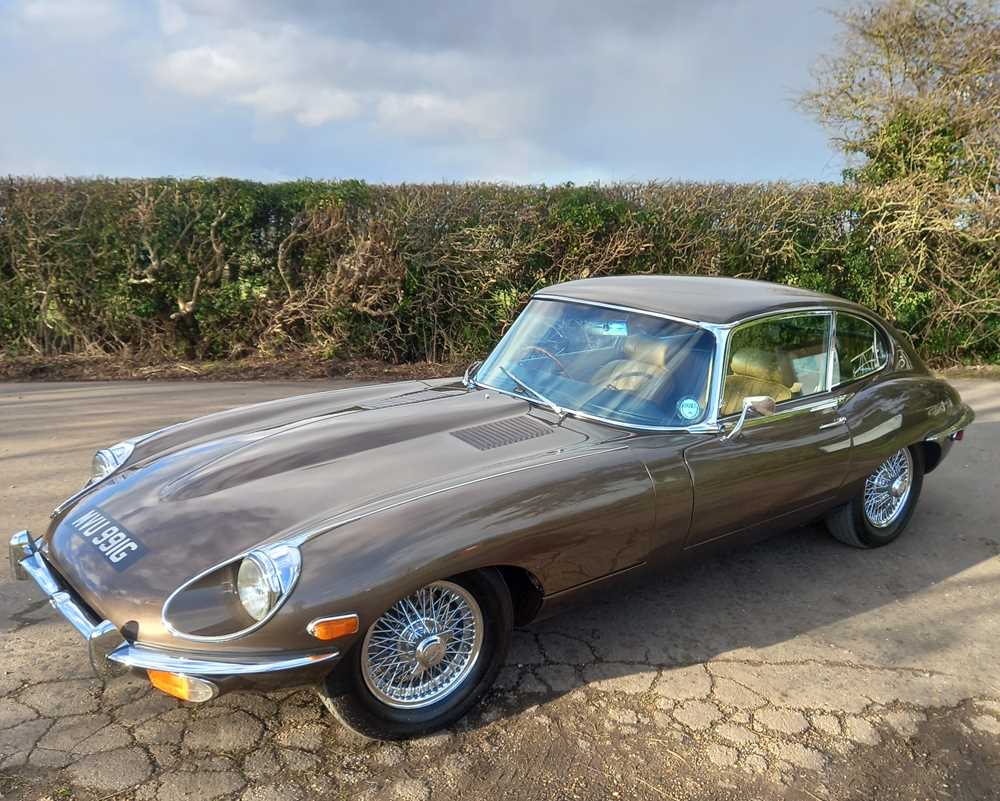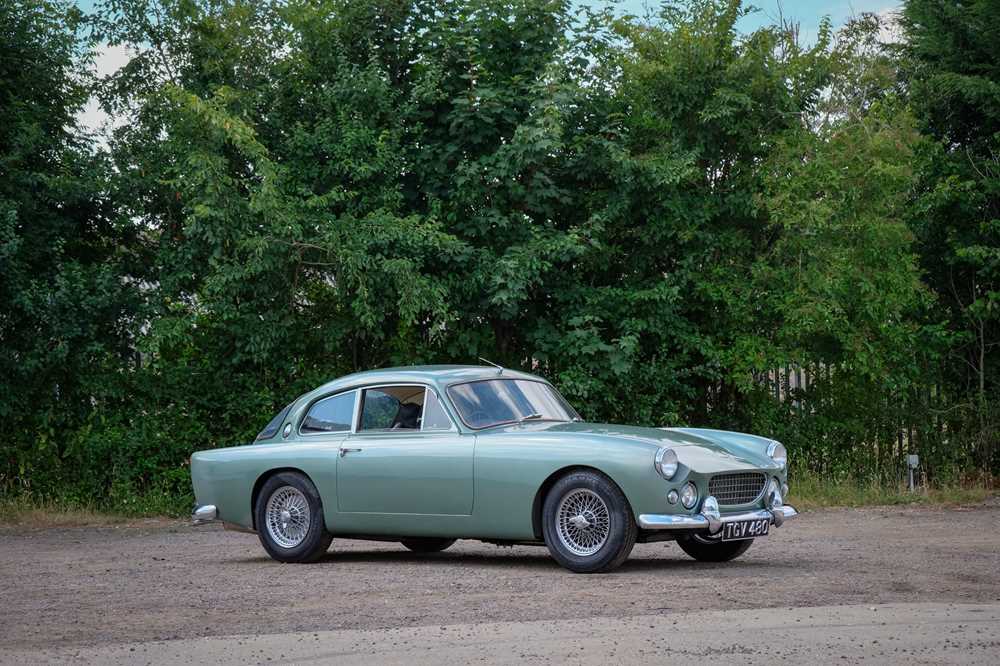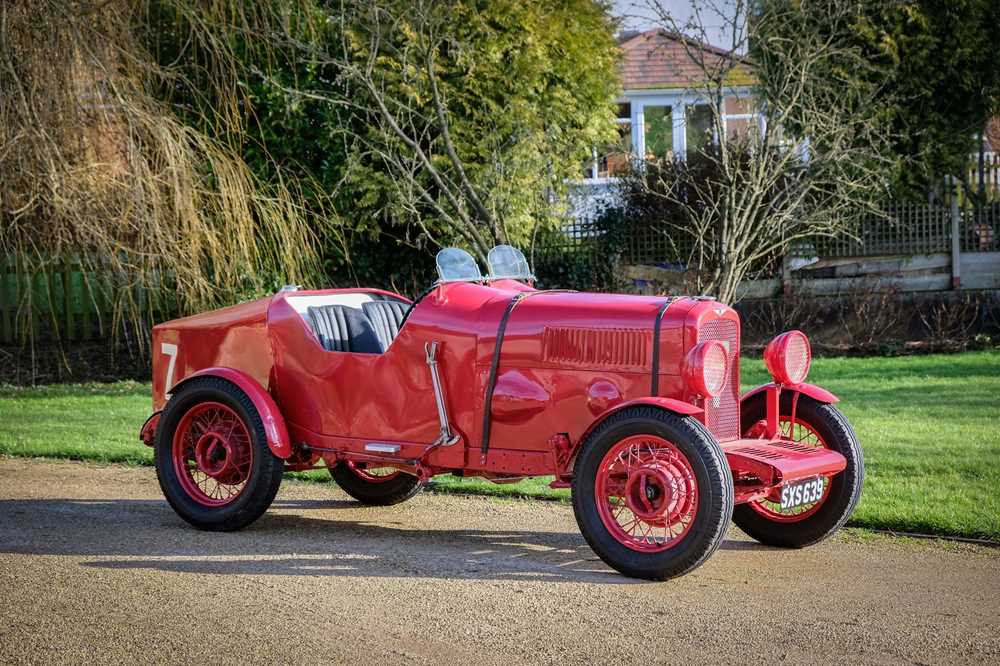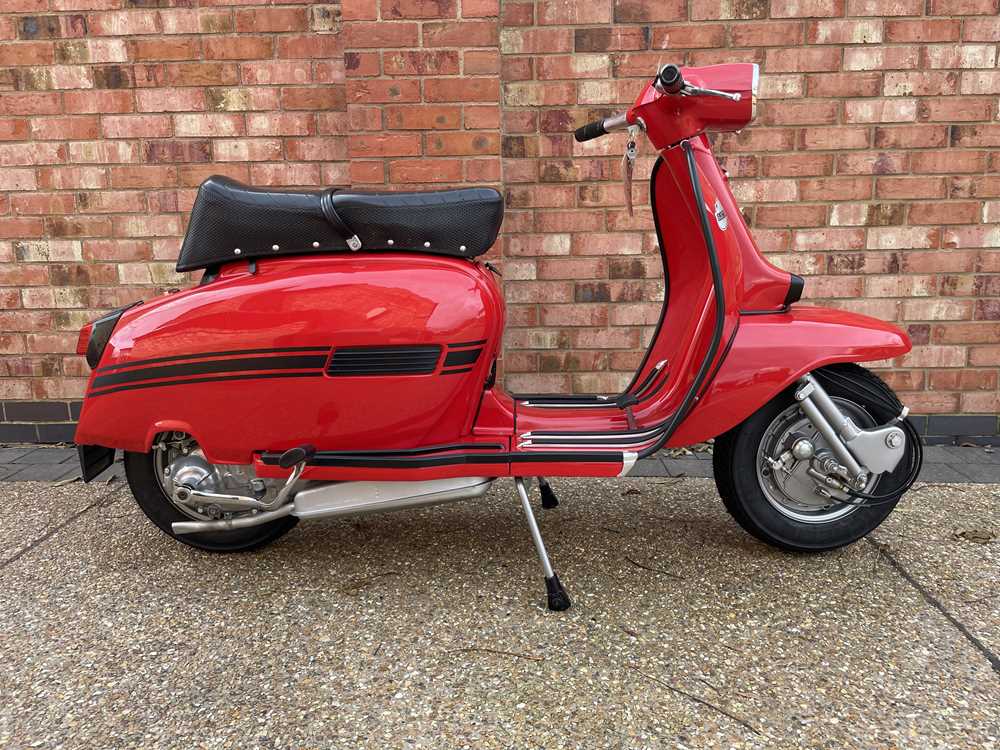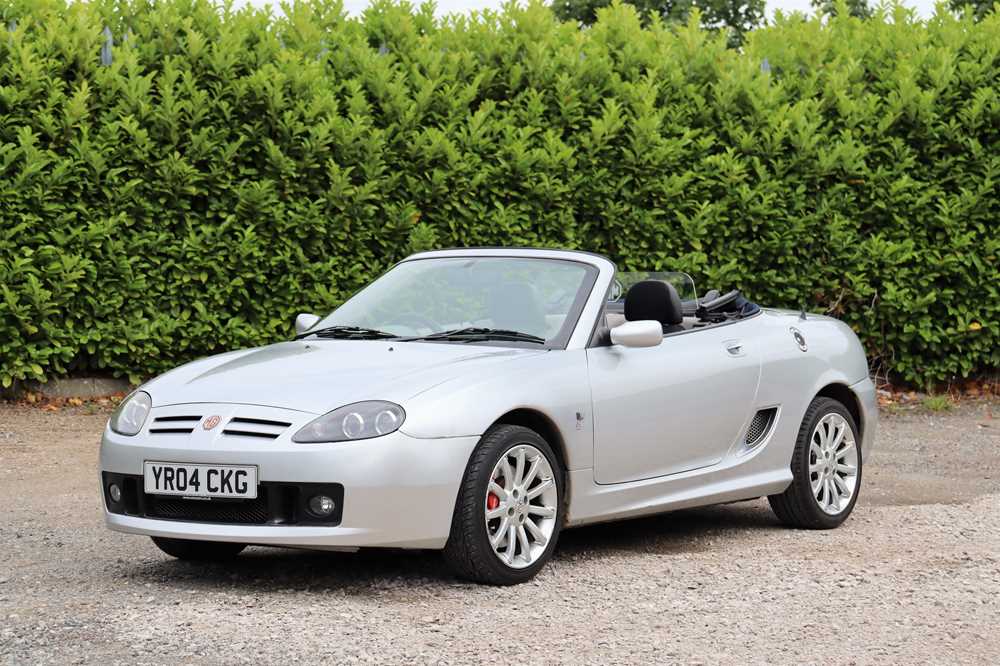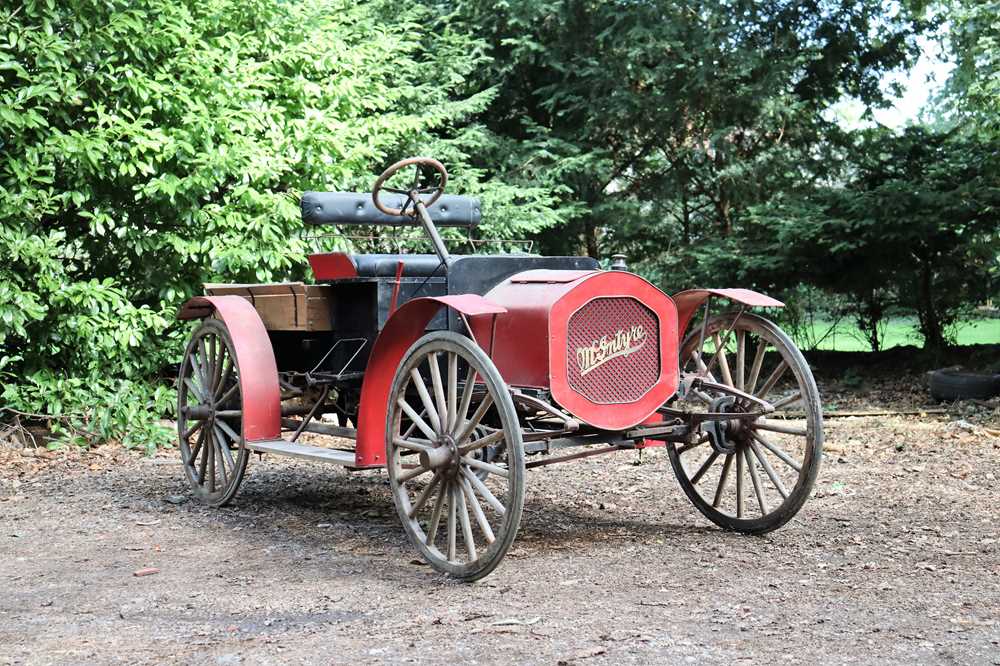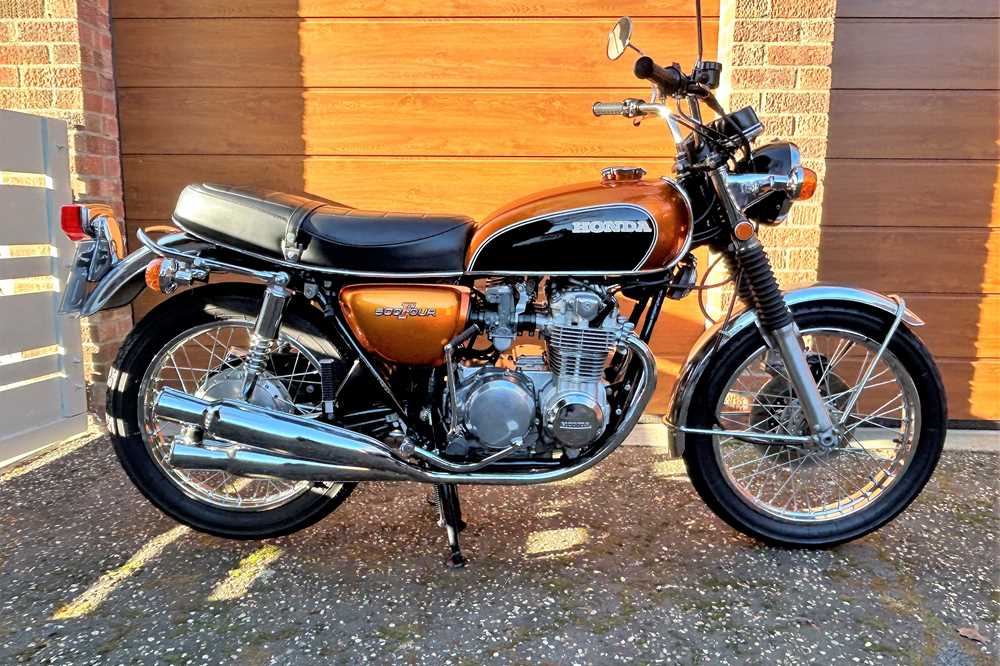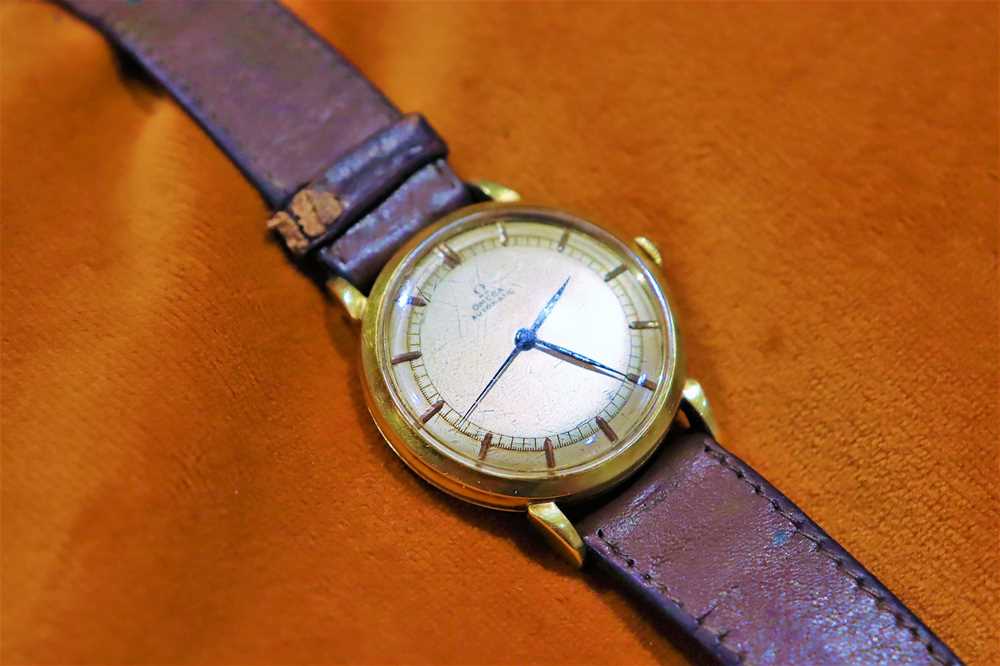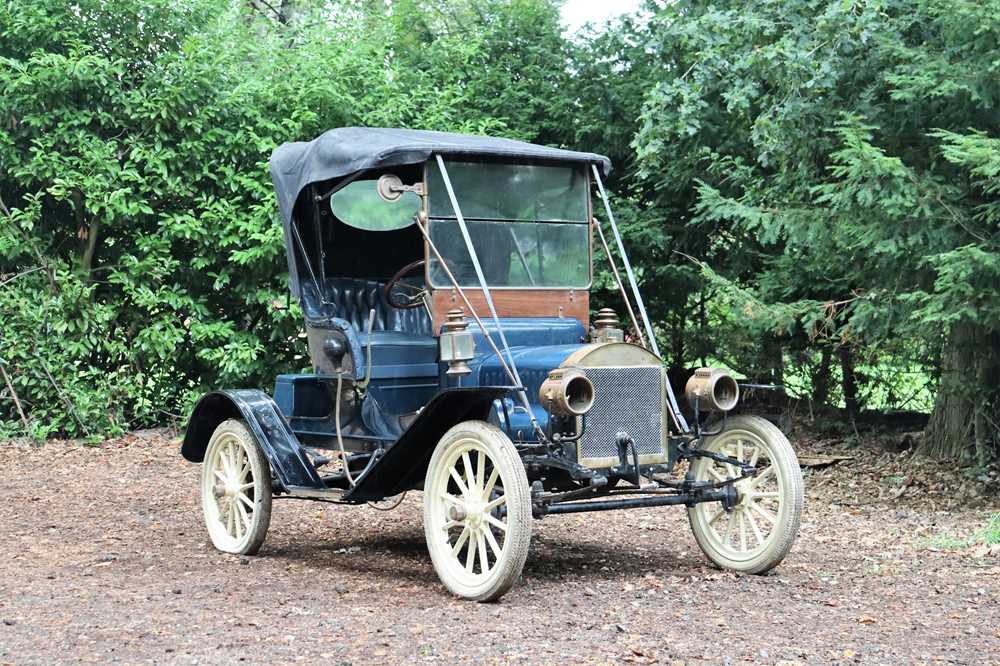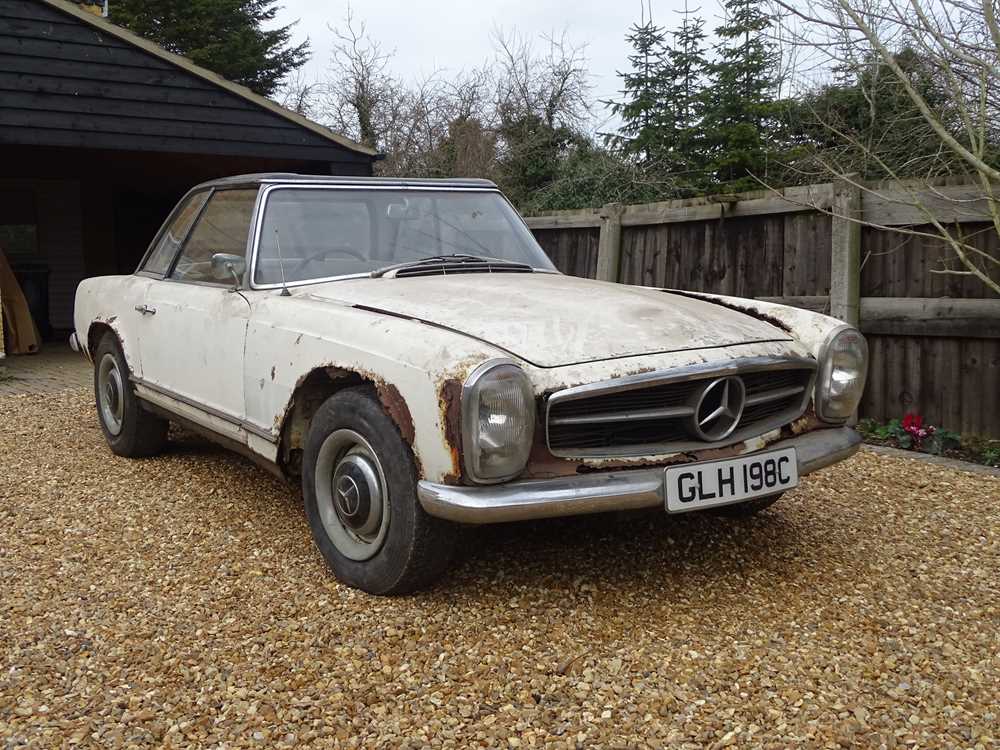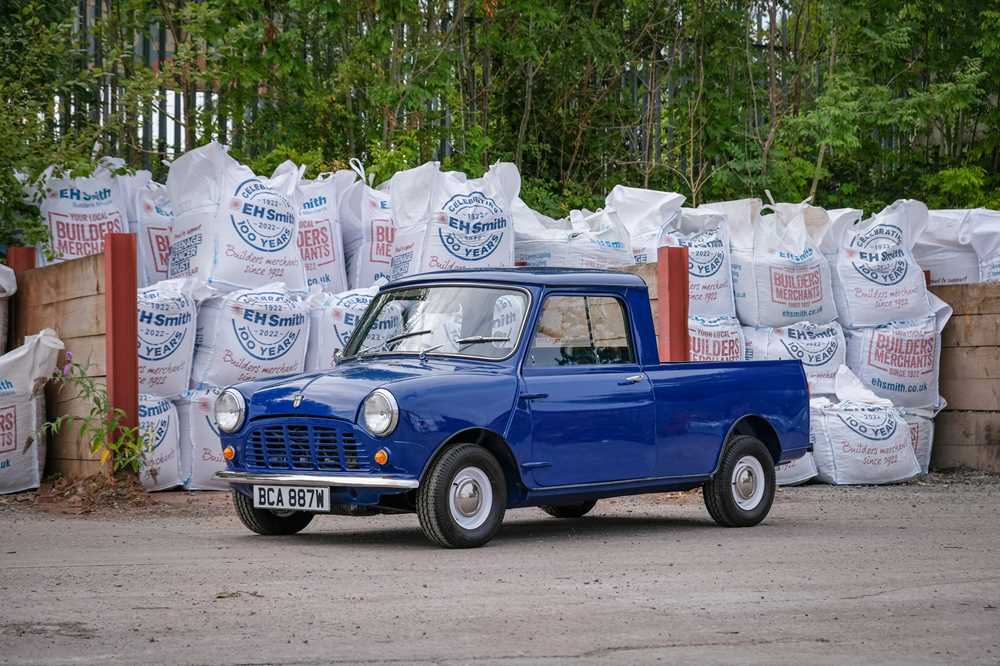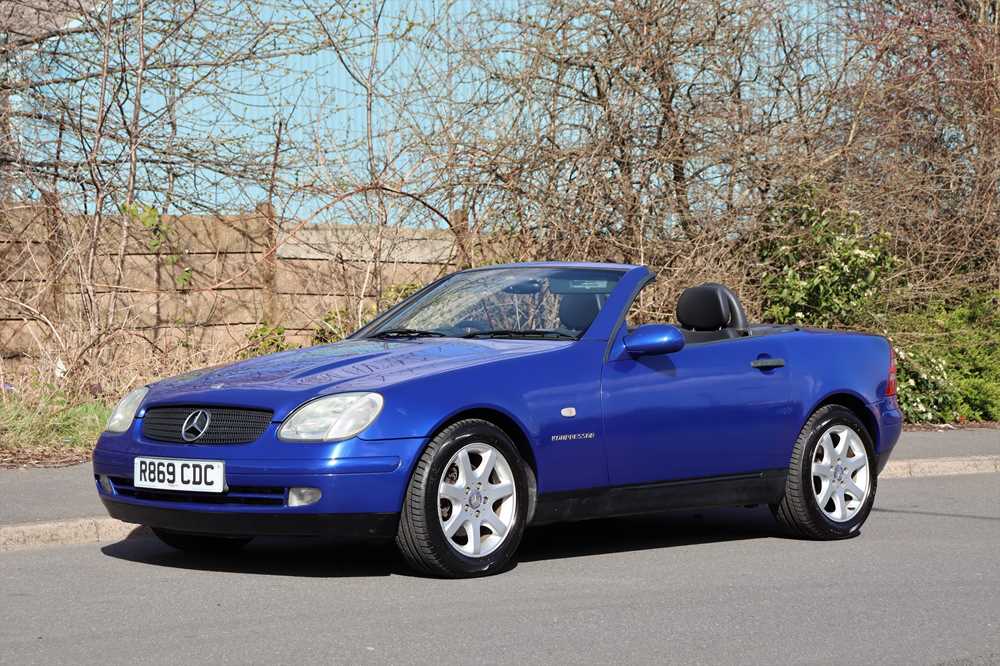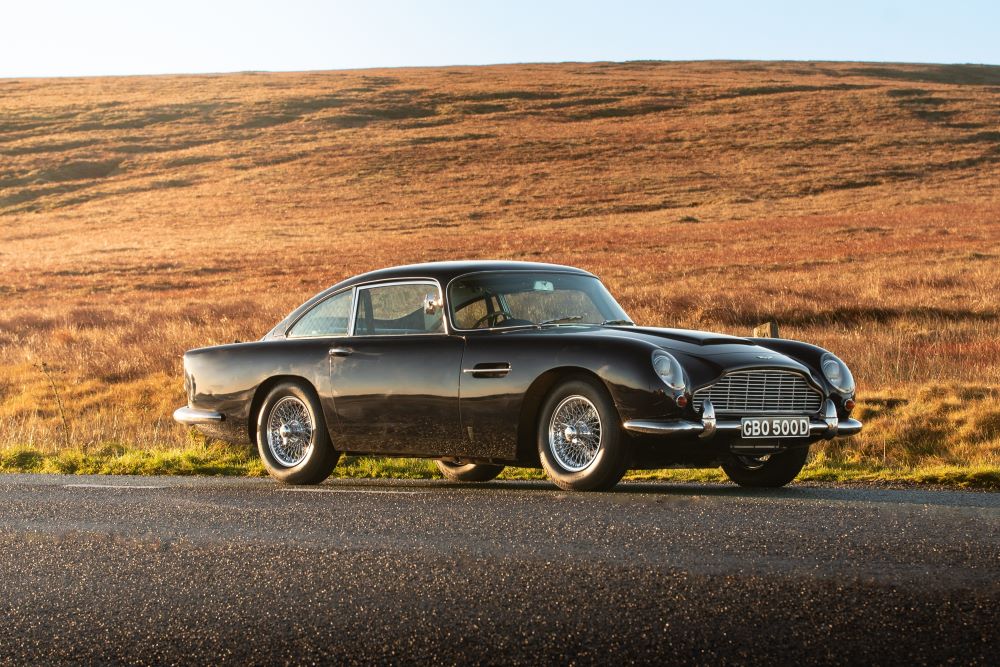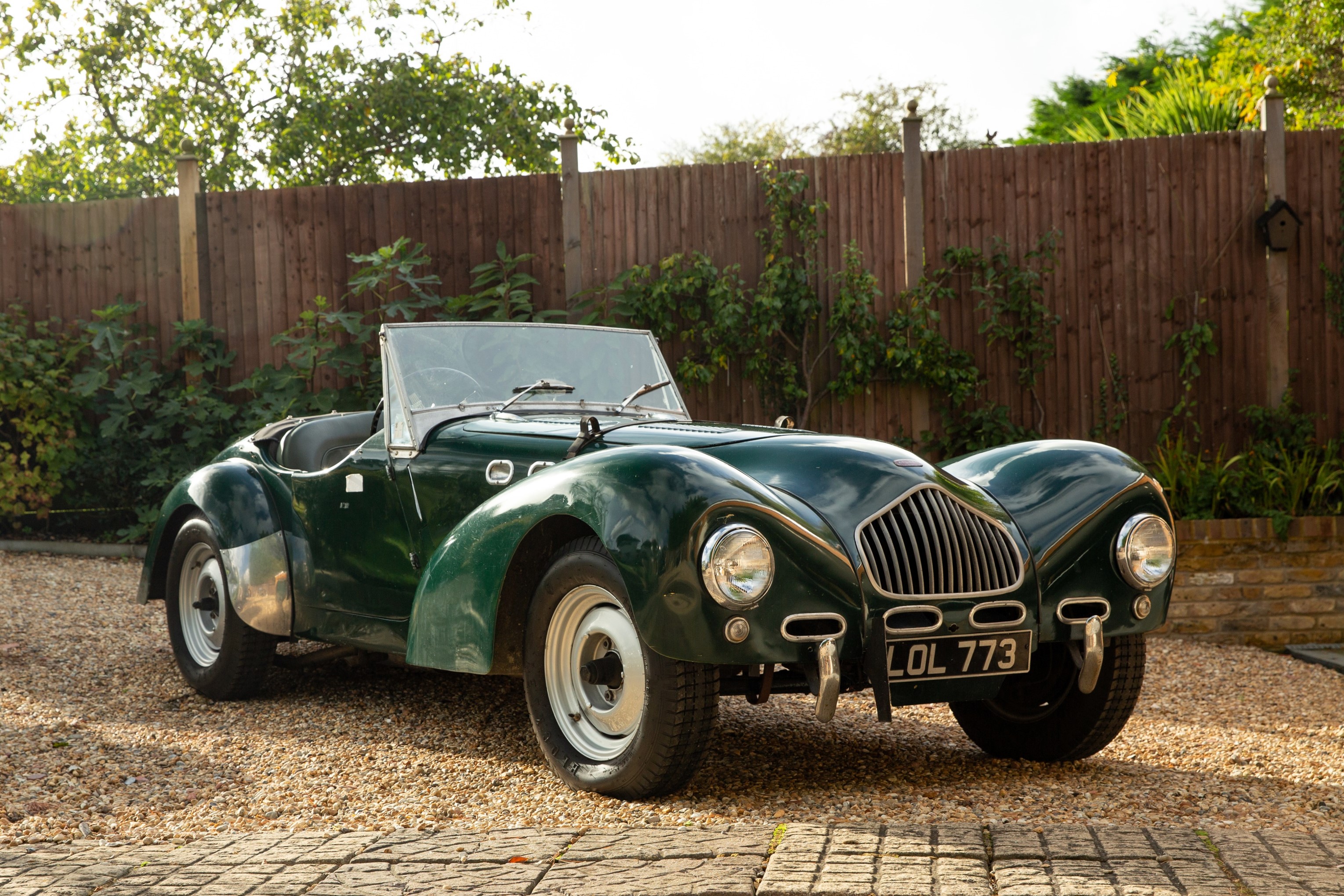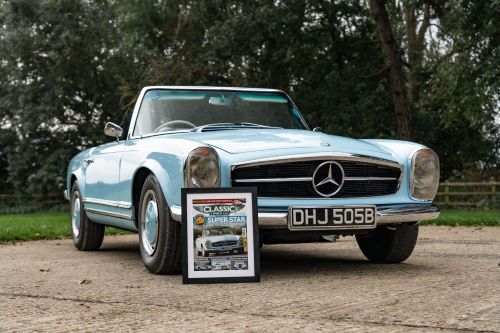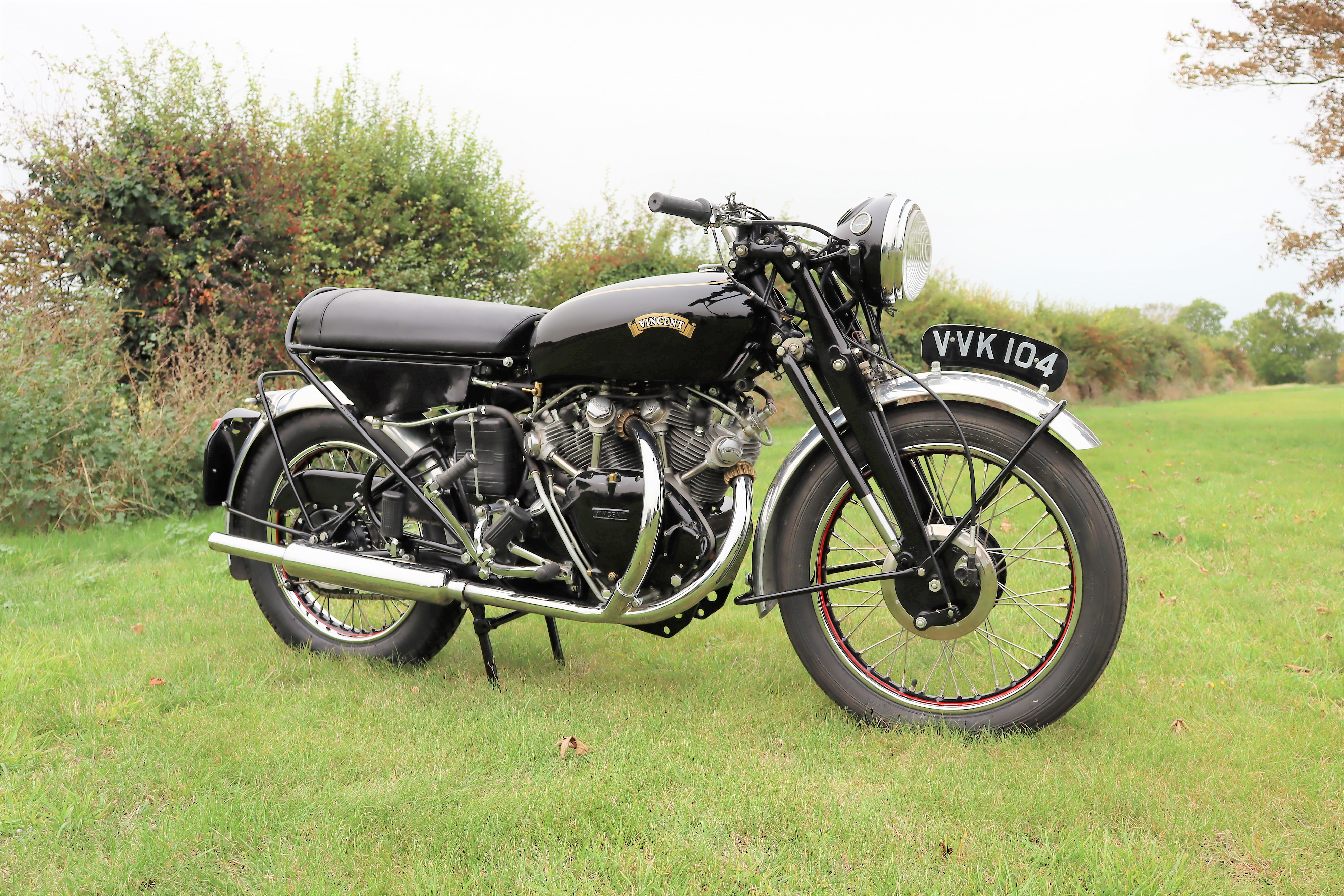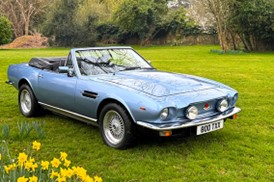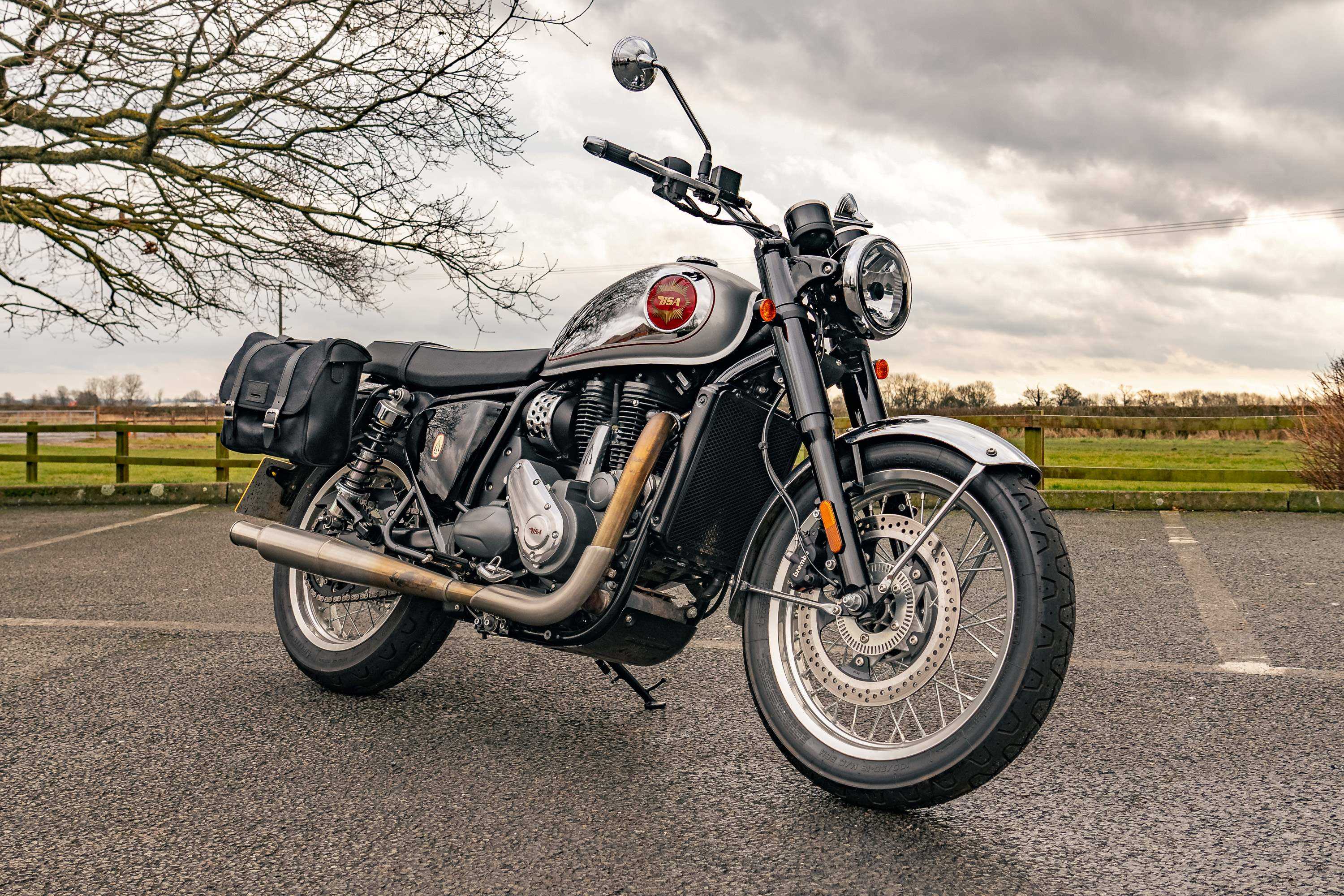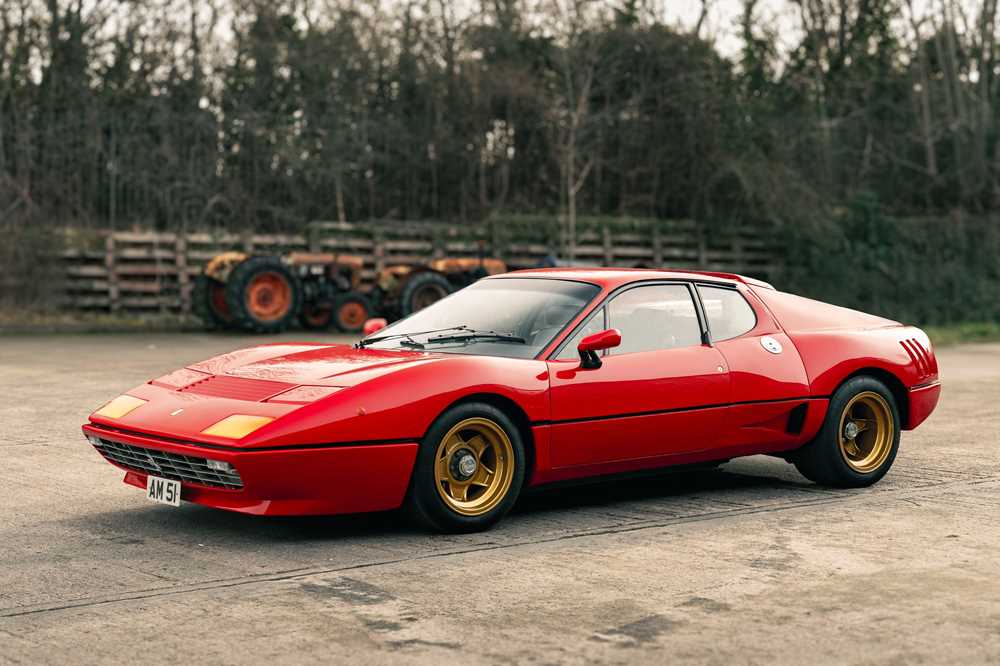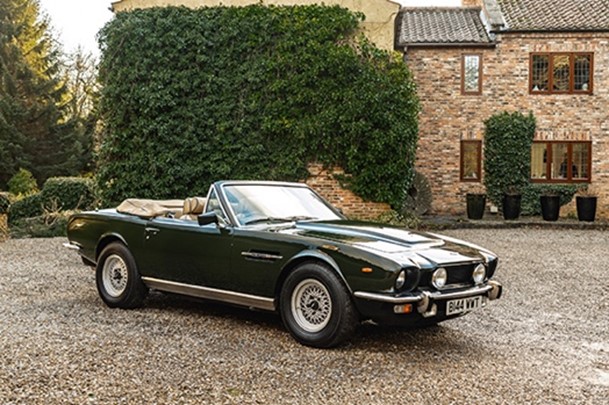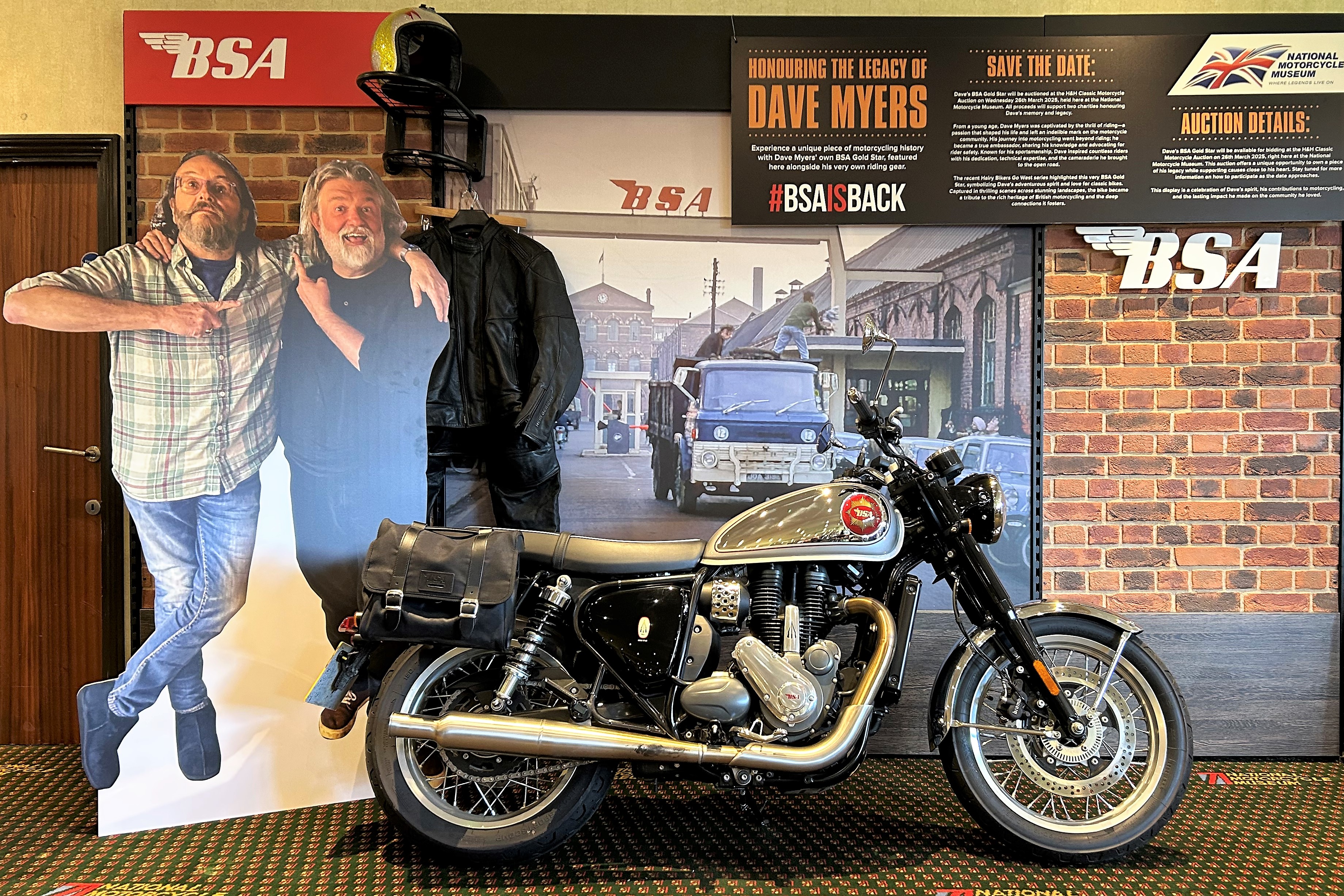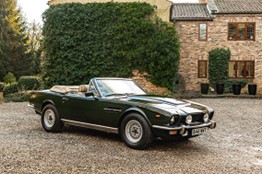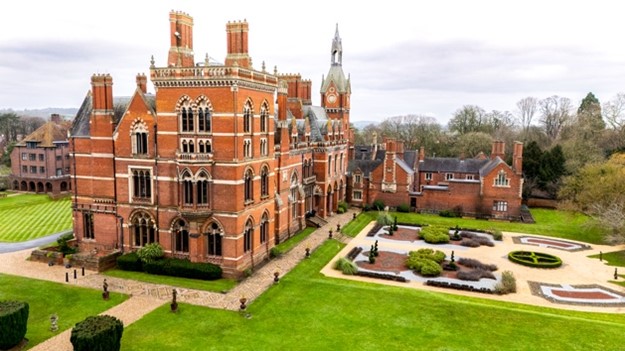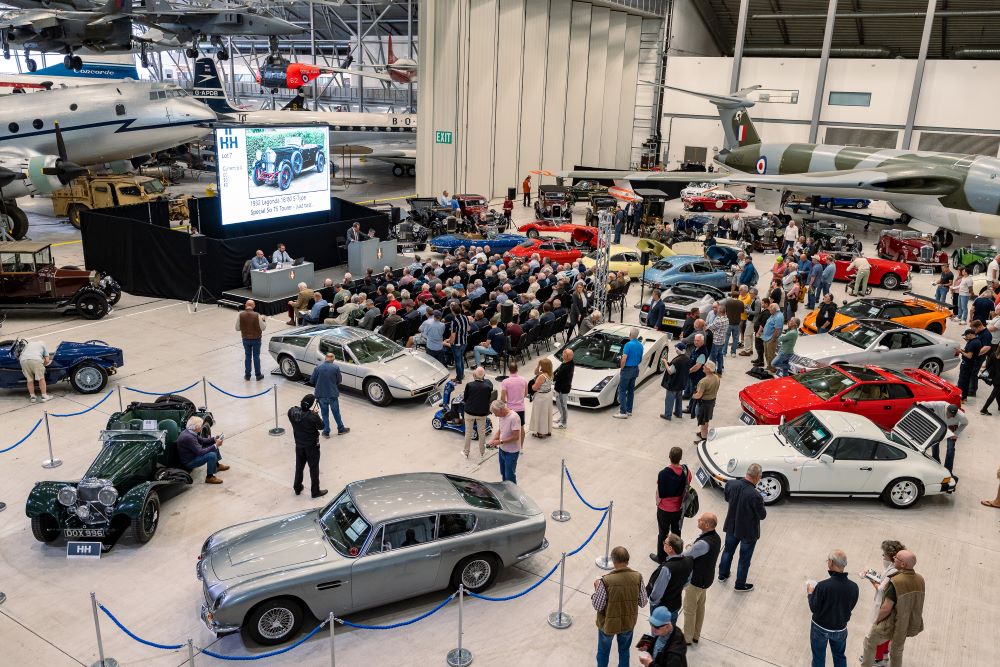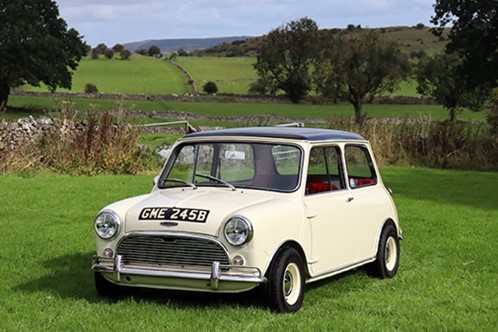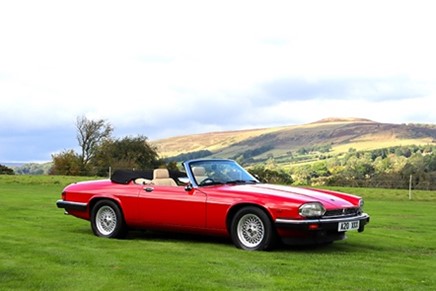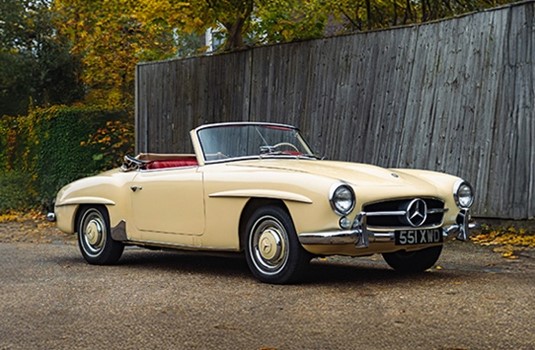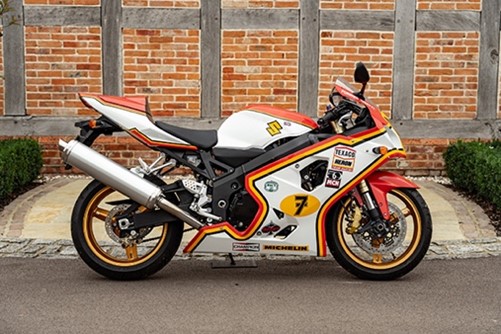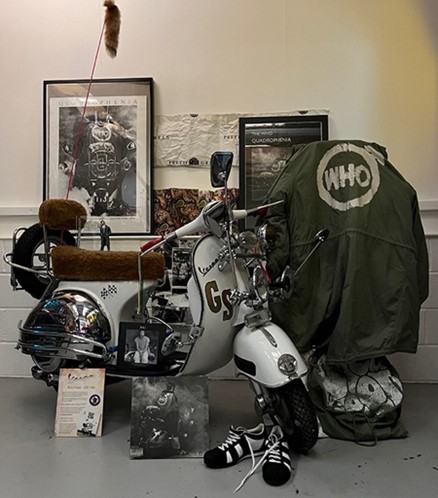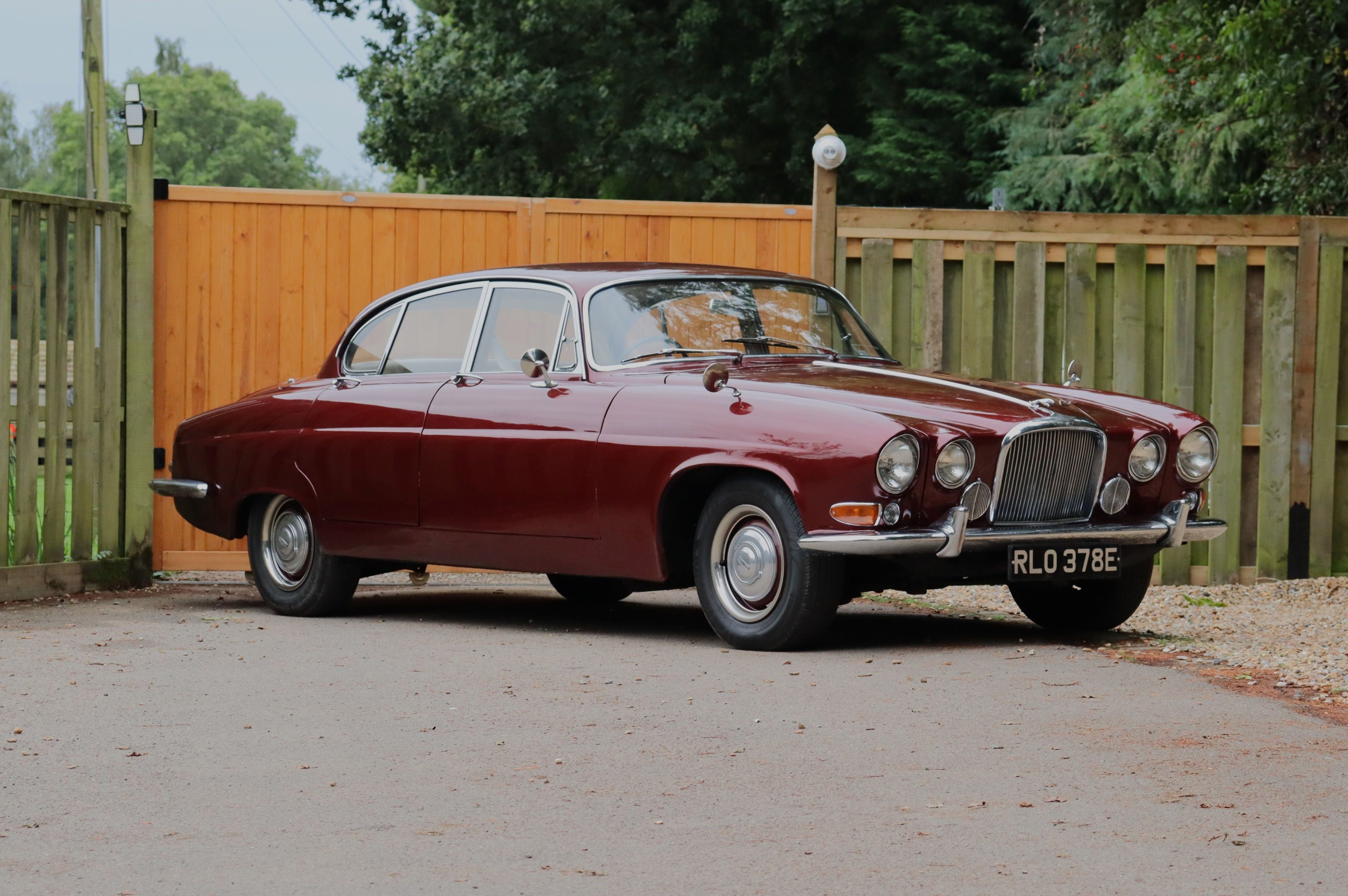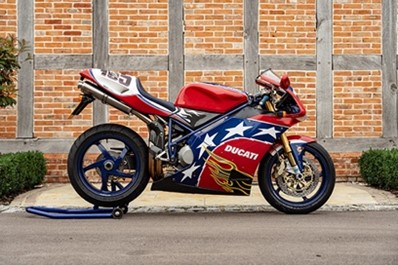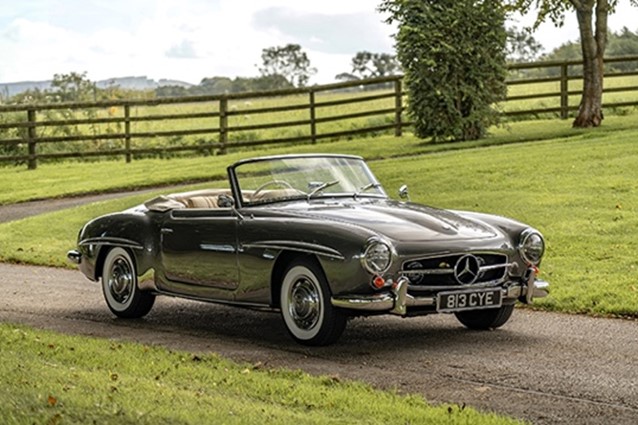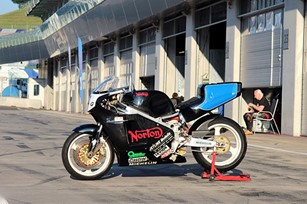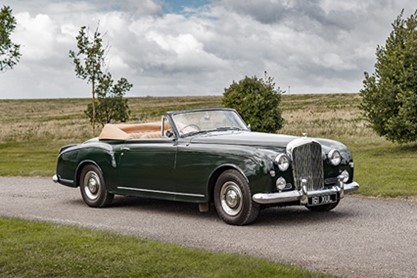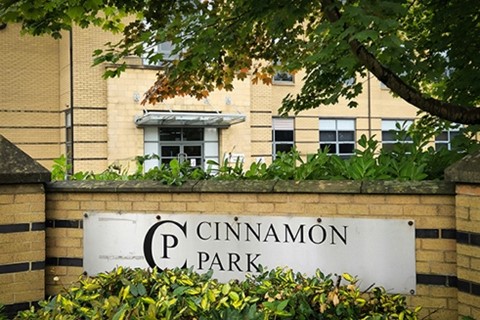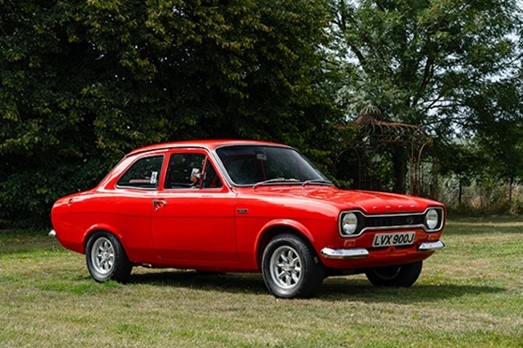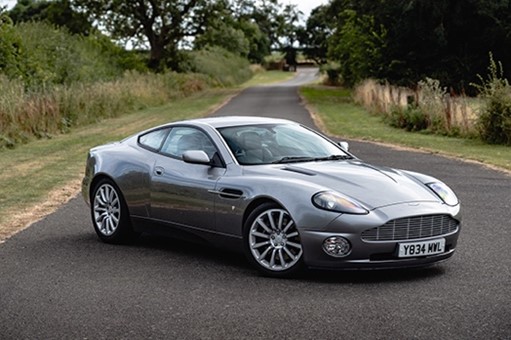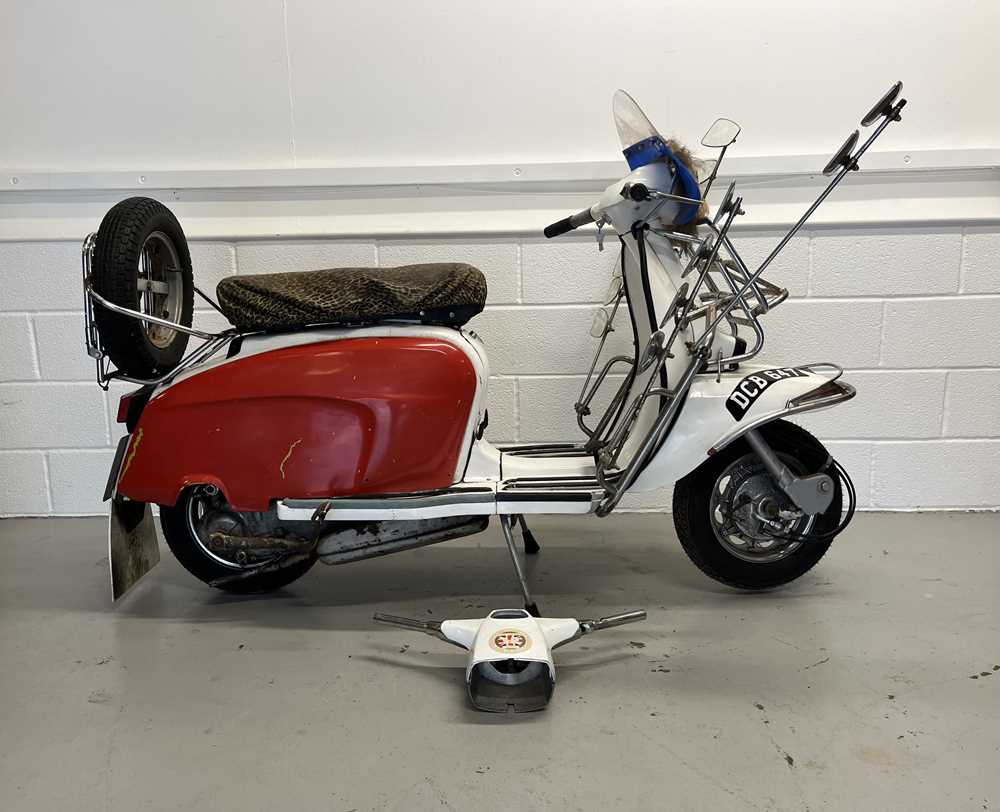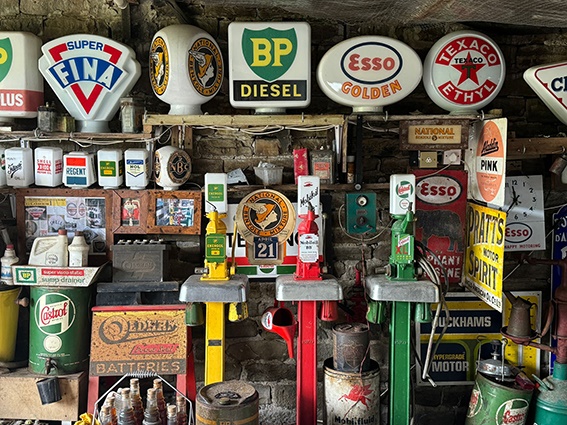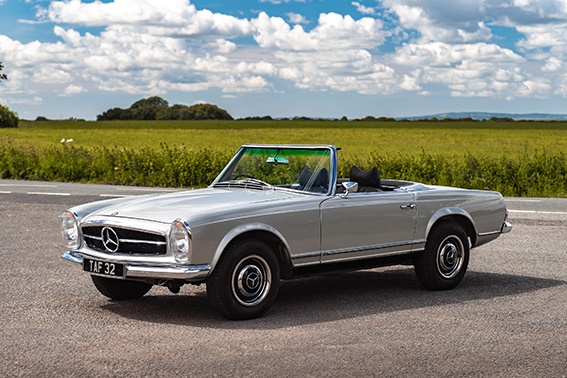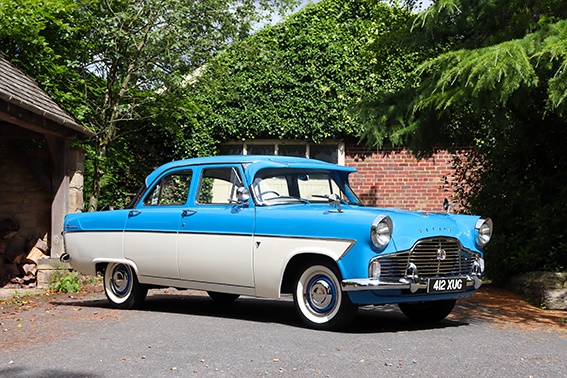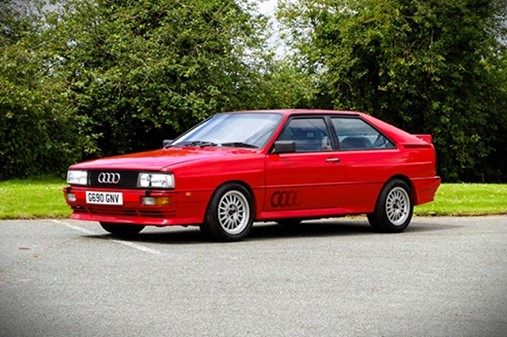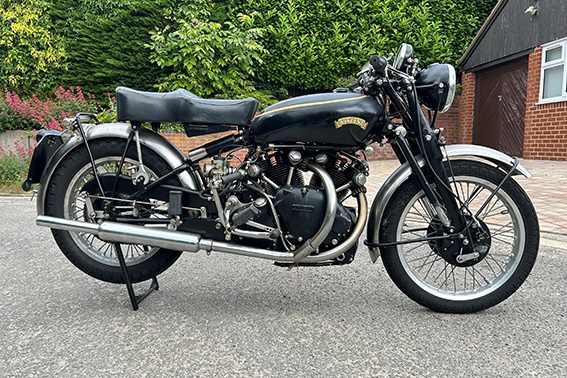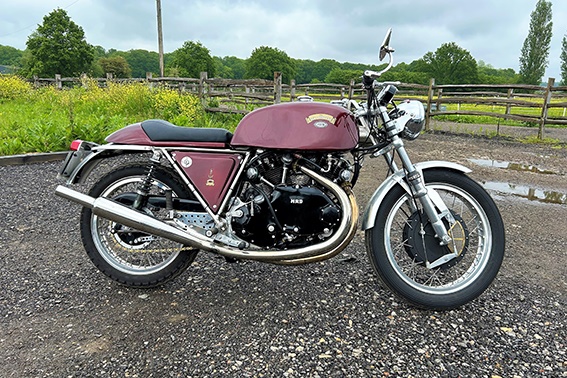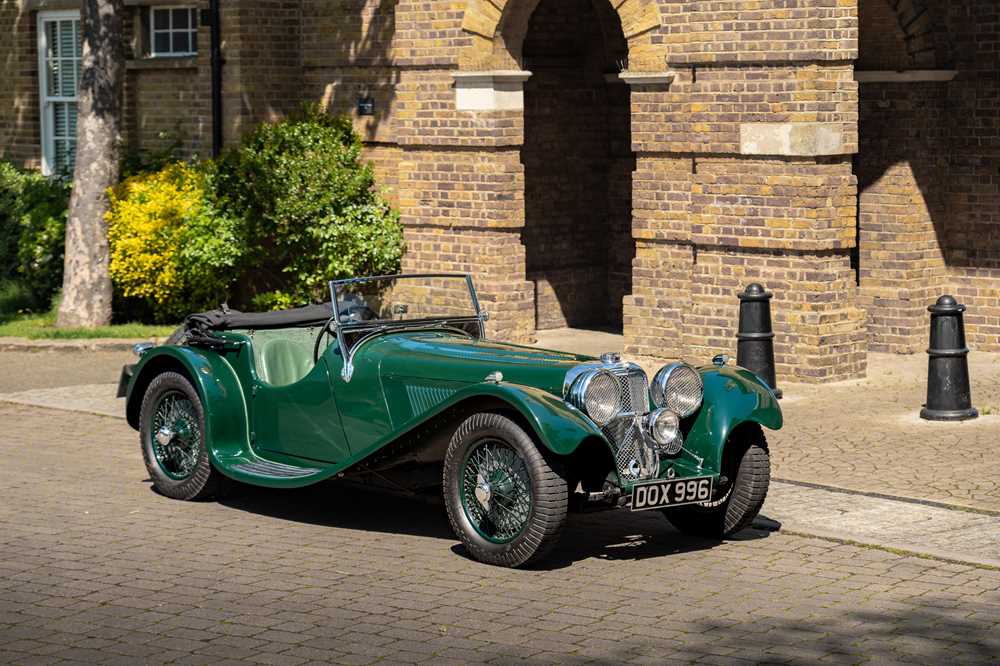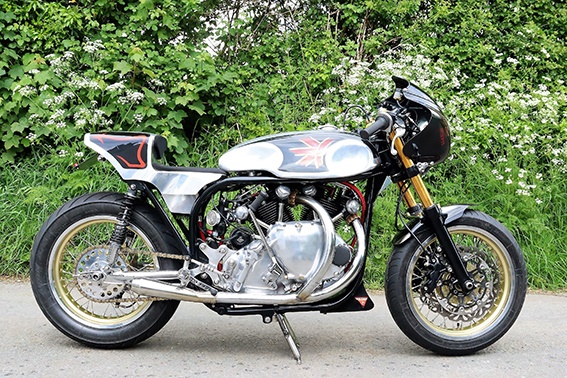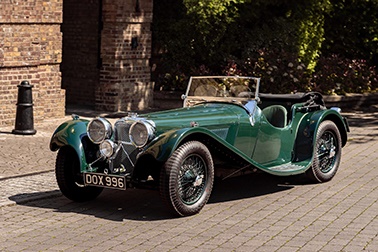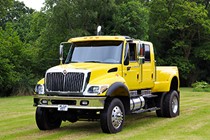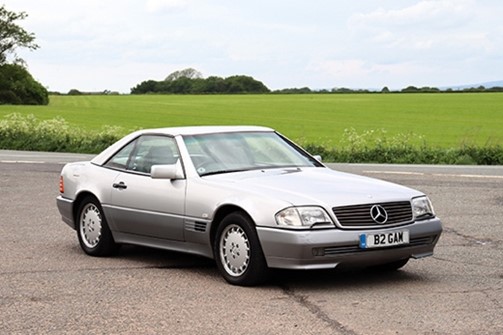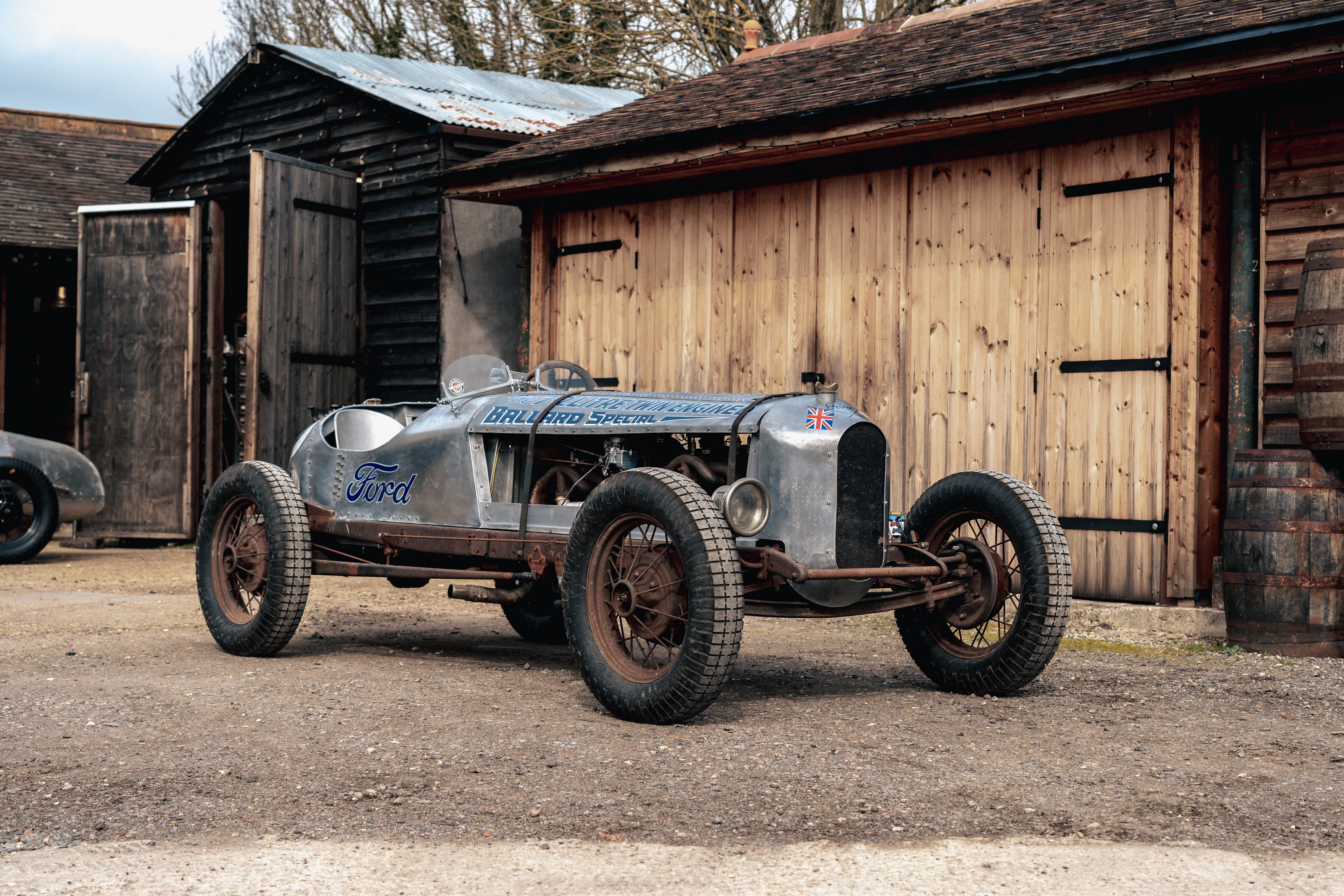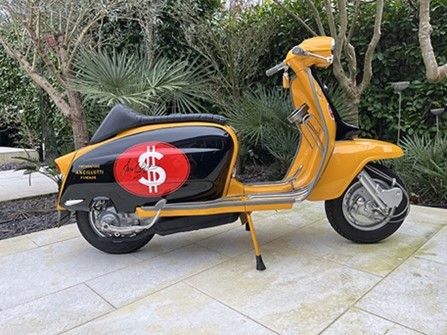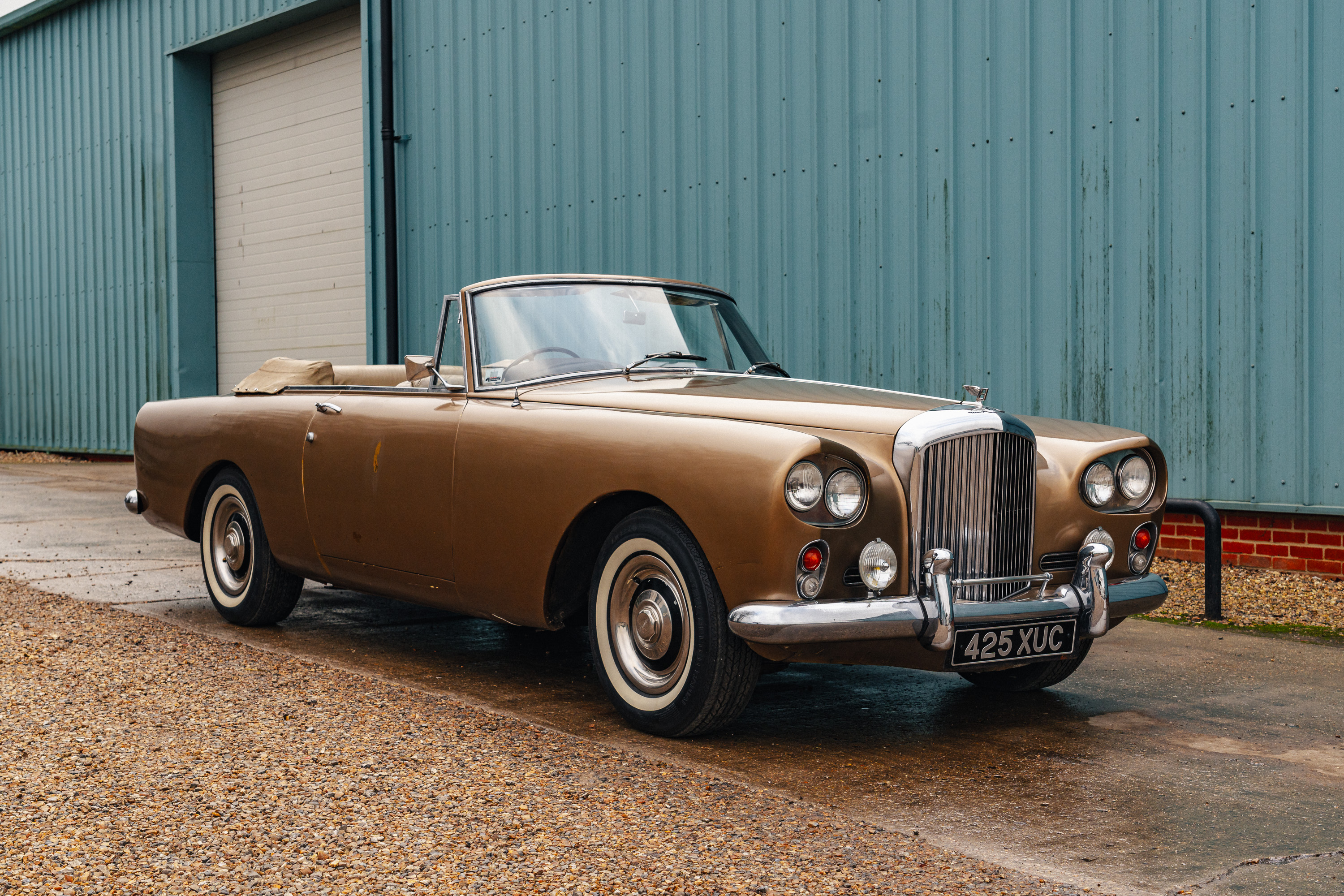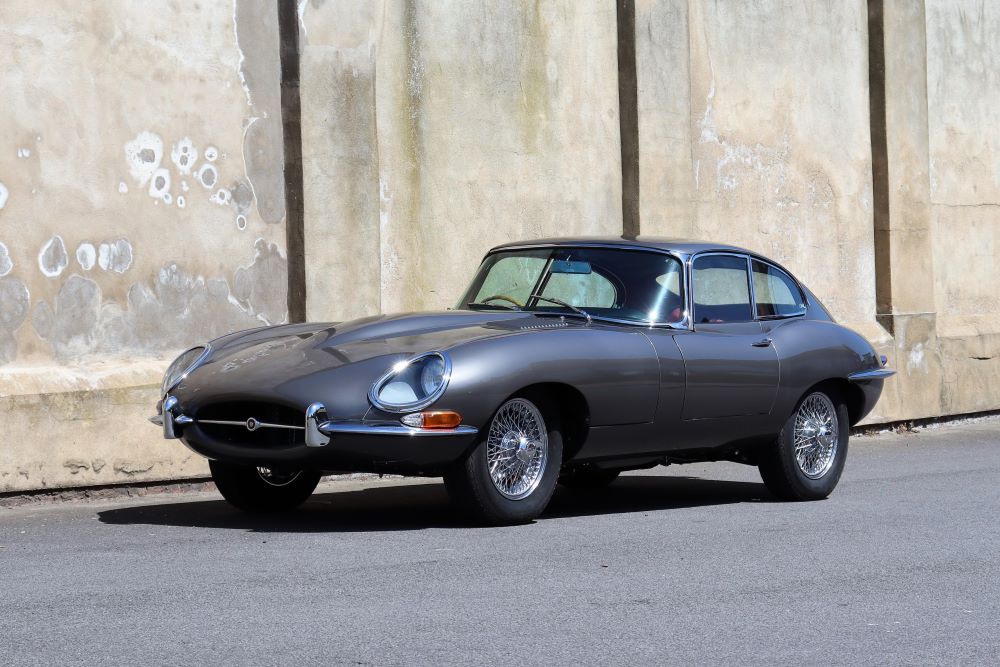22nd Oct, 2010 14:15
Haynes International Motor Museum
1939 DKW SS 350
Estimated at £120,000 - £140,000
Lot details
Registration No: Un-Reg
Frame No: 260769
Engine No: 429668
cc: 350
The 1920's marked a period of astonishing growth for the Zschopau based DKW company, who by the end of the decade could claim to be the largest motorcycle manufacturer in the world, employing approximately 20,000 people, however the rapid growth left the company in a vulnerable position when the depression hit forcing a merger between DKW, Audi (already owned by DKW), Horch and Wanderer to form Auto Union AG in 1932. The new company pursued an aggressive competition policy with Auto Union cars becoming a familiar and spectacular sight in automotive Grand Prixs. DKW as the only motorcycle manufacturer within the group and with some racing experience gained during the 1920's sought glory on two wheels.
Hermann Weber designed a new split single, supercharged, two stroke engine with the aid of August Prussing. The new 250cc class machine mounted the cylinder vertically with the superchargers cylinder in front of the crankcases and formed the basis for the companies astonishing success throughout the 1930's. By 1939 DKW had the largest racing department in the world with a 150 engineers and could look back on a decade that had seen them secure, among a host of successes in races and lap records the first German victory on the Isle of Man when they won 1938 Junior TT with a machine piloted by Ewald Kluge. Their budget enabled them to employ the top German riders of the period including Rosemeyer, Herz, Ley and Winnkler.
1935 had also seen the introduction of their first "over the counter" racer with the announcement of the SS250 at that years Berlin Show. The model, that was quickly followed by a 350cc version, the SS350, drew on the works teams experience. In the (very limited) production application the water cooled engine retained the vertical cylinder but placed the crank driven supercharger piston and its cylinder under the crankcases. The radiator was mounted between the twin downtubes of the plunger suspended double cradle frame and drive was taken to the four speed gearbox via a chain primary drive and dry multidisc clutch. Girder forks equipped the front end and were fitted with a full width hub as was the rear wheel.
In it's 1939 350cc form the SS engine had a bore of 39.5 mm for each of the two pistons and a stroke of 68.5mm, which with the aid of the supercharger resulted in a claimed power output of 32 bhp. This compared very favourably with its rivals although the works 350US was reputedly producing 48 bhp!
The SS 350 offered is one of between 11 and 15 examples built and delivered in 1939, this example being supplied to Kurt Mansfeld. As dispatched from the factory the machines were finished in black with a red "flash" to the fuel tank, however Mansfeld changed the colour of the flash from red to yellow in order to ease its identification by his pit crew as it approached the pits for refuelling, a regular event due to the engines voracious thirst! No doubt the comparative silence that would result from the engine being switched off during refuelling would come as something of a relief, the supercharged DKW's being renowned for their ear splitting howl, which according to legend could be heard on the English mainland when the machines were racing on the Isle of Man.
The vendor originally met Kurt Mansfield and his DKW in 1948. He had left his home in Chemmnitz which was in the Soviet zone (later the DDR) in 1947 and settled in Bad Kreuznach. Kurt Mansfeld had offered the machine to the vendor in 1954 for 750,00 DM, but the vendor declined the offer as there was very little that you could do with a blown racing motorcycle at the time, a decision he regrets to this day. Eventually he purchased the machine from Prof. Dr. Helmut Krackowitzer in 1997.This incredibly rare and desirable piece of competition history is described as being in "perfect" condition and totally original and ready to race (having carried out the usual pre event preparation demanded by any racing motorcycle) by the vendor.
Registration No: Un-Reg
Frame No: 260769
Engine No: 429668
cc: 350
The 1920's marked a period of astonishing growth for the Zschopau based DKW company, who by the end of the decade could claim to be the largest motorcycle manufacturer in the world, employing approximately 20,000 people, however the rapid growth left the company in a vulnerable position when the depression hit forcing a merger between DKW, Audi (already owned by DKW), Horch and Wanderer to form Auto Union AG in 1932. The new company pursued an aggressive competition policy with Auto Union cars becoming a familiar and spectacular sight in automotive Grand Prixs. DKW as the only motorcycle manufacturer within the group and with some racing experience gained during the 1920's sought glory on two wheels.
Hermann Weber designed a new split single, supercharged, two stroke engine with the aid of August Prussing. The new 250cc class machine mounted the cylinder vertically with the superchargers cylinder in front of the crankcases and formed the basis for the companies astonishing success throughout the 1930's. By 1939 DKW had the largest racing department in the world with a 150 engineers and could look back on a decade that had seen them secure, among a host of successes in races and lap records the first German victory on the Isle of Man when they won 1938 Junior TT with a machine piloted by Ewald Kluge. Their budget enabled them to employ the top German riders of the period including Rosemeyer, Herz, Ley and Winnkler.
1935 had also seen the introduction of their first "over the counter" racer with the announcement of the SS250 at that years Berlin Show. The model, that was quickly followed by a 350cc version, the SS350, drew on the works teams experience. In the (very limited) production application the water cooled engine retained the vertical cylinder but placed the crank driven supercharger piston and its cylinder under the crankcases. The radiator was mounted between the twin downtubes of the plunger suspended double cradle frame and drive was taken to the four speed gearbox via a chain primary drive and dry multidisc clutch. Girder forks equipped the front end and were fitted with a full width hub as was the rear wheel.
In it's 1939 350cc form the SS engine had a bore of 39.5 mm for each of the two pistons and a stroke of 68.5mm, which with the aid of the supercharger resulted in a claimed power output of 32 bhp. This compared very favourably with its rivals although the works 350US was reputedly producing 48 bhp!
The SS 350 offered is one of between 11 and 15 examples built and delivered in 1939, this example being supplied to Kurt Mansfeld. As dispatched from the factory the machines were finished in black with a red "flash" to the fuel tank, however Mansfeld changed the colour of the flash from red to yellow in order to ease its identification by his pit crew as it approached the pits for refuelling, a regular event due to the engines voracious thirst! No doubt the comparative silence that would result from the engine being switched off during refuelling would come as something of a relief, the supercharged DKW's being renowned for their ear splitting howl, which according to legend could be heard on the English mainland when the machines were racing on the Isle of Man.
The vendor originally met Kurt Mansfield and his DKW in 1948. He had left his home in Chemmnitz which was in the Soviet zone (later the DDR) in 1947 and settled in Bad Kreuznach. Kurt Mansfeld had offered the machine to the vendor in 1954 for 750,00 DM, but the vendor declined the offer as there was very little that you could do with a blown racing motorcycle at the time, a decision he regrets to this day. Eventually he purchased the machine from Prof. Dr. Helmut Krackowitzer in 1997.This incredibly rare and desirable piece of competition history is described as being in "perfect" condition and totally original and ready to race (having carried out the usual pre event preparation demanded by any racing motorcycle) by the vendor.
Auction: Haynes International Motor Museum, 22nd Oct, 2010
All successful bids must be paid in full by midday the day after the auction at the latest.
You can collect your new pride and joy from our venue until 1pm the day following the sale or our partners are on hand to help arrange safe transportation:
Do you have an item to sell?
If so, contact one of our friendly specialists for your free valuation by completing the form below and someone will get back to you as quickly as possible.
If you prefer to speak to humans, don't hesitate to call our office on +44 (0)1925 210035
Other lots in this sale
